Medium Writing
Medium Writing - Part 1
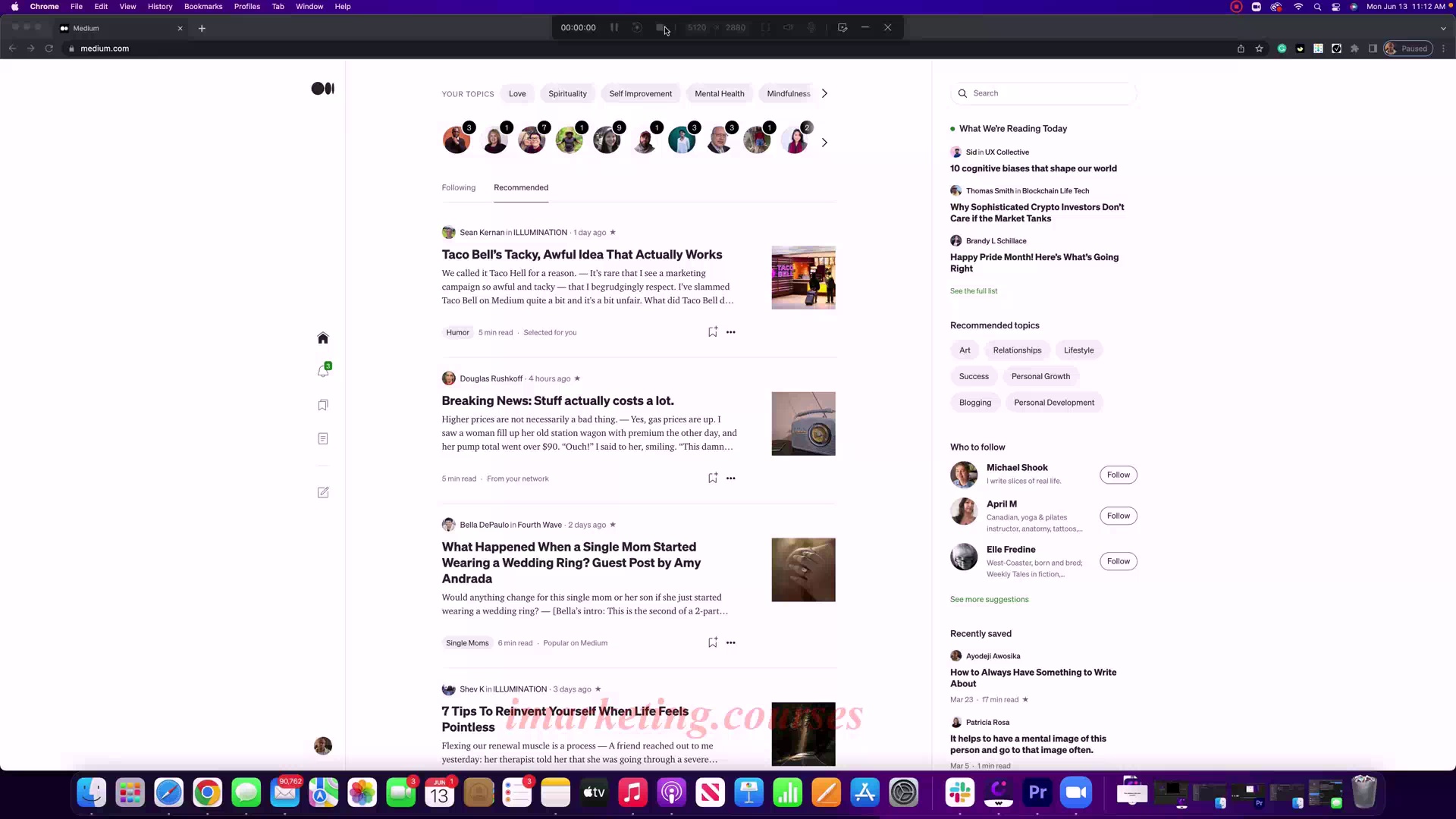
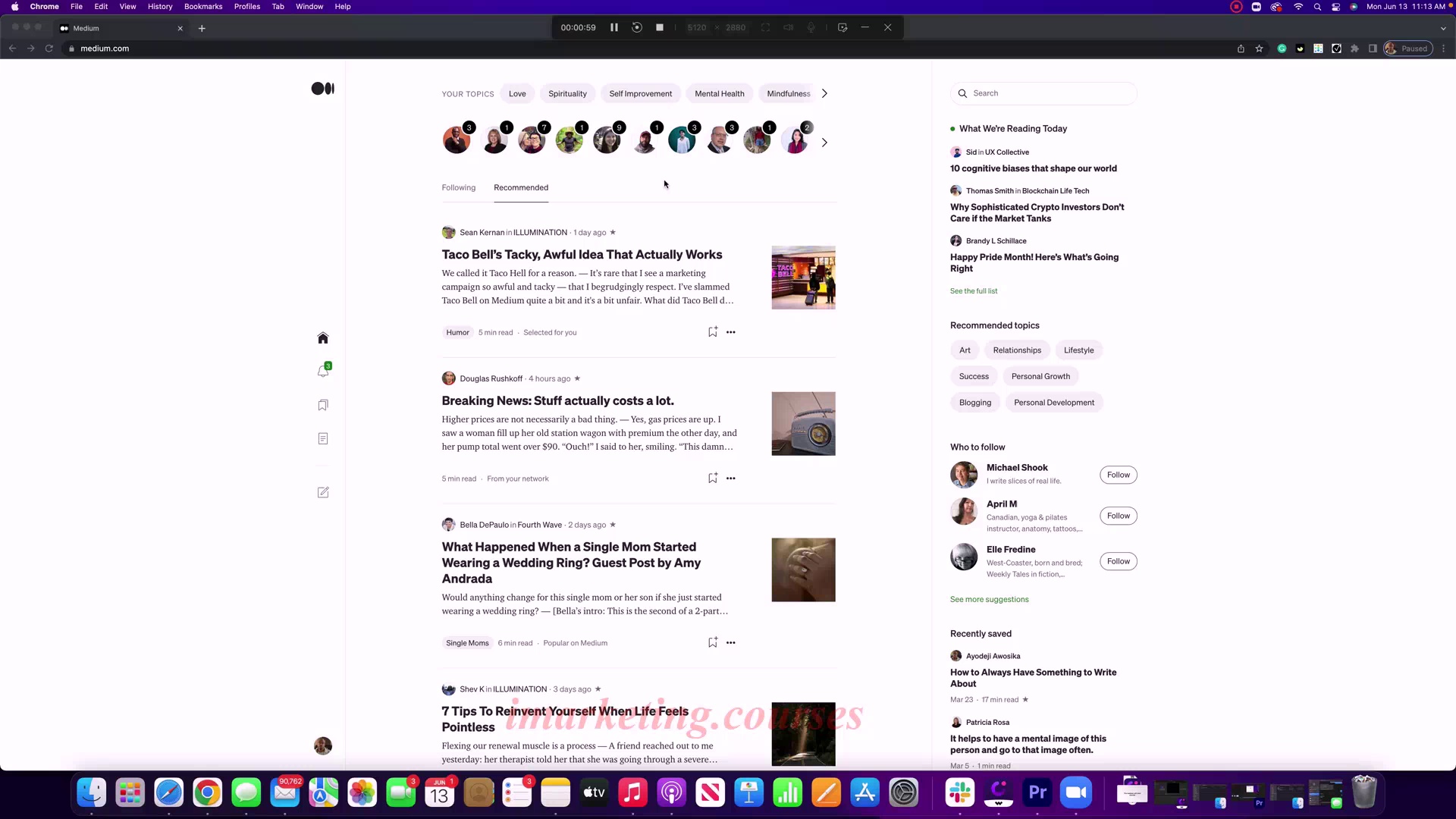
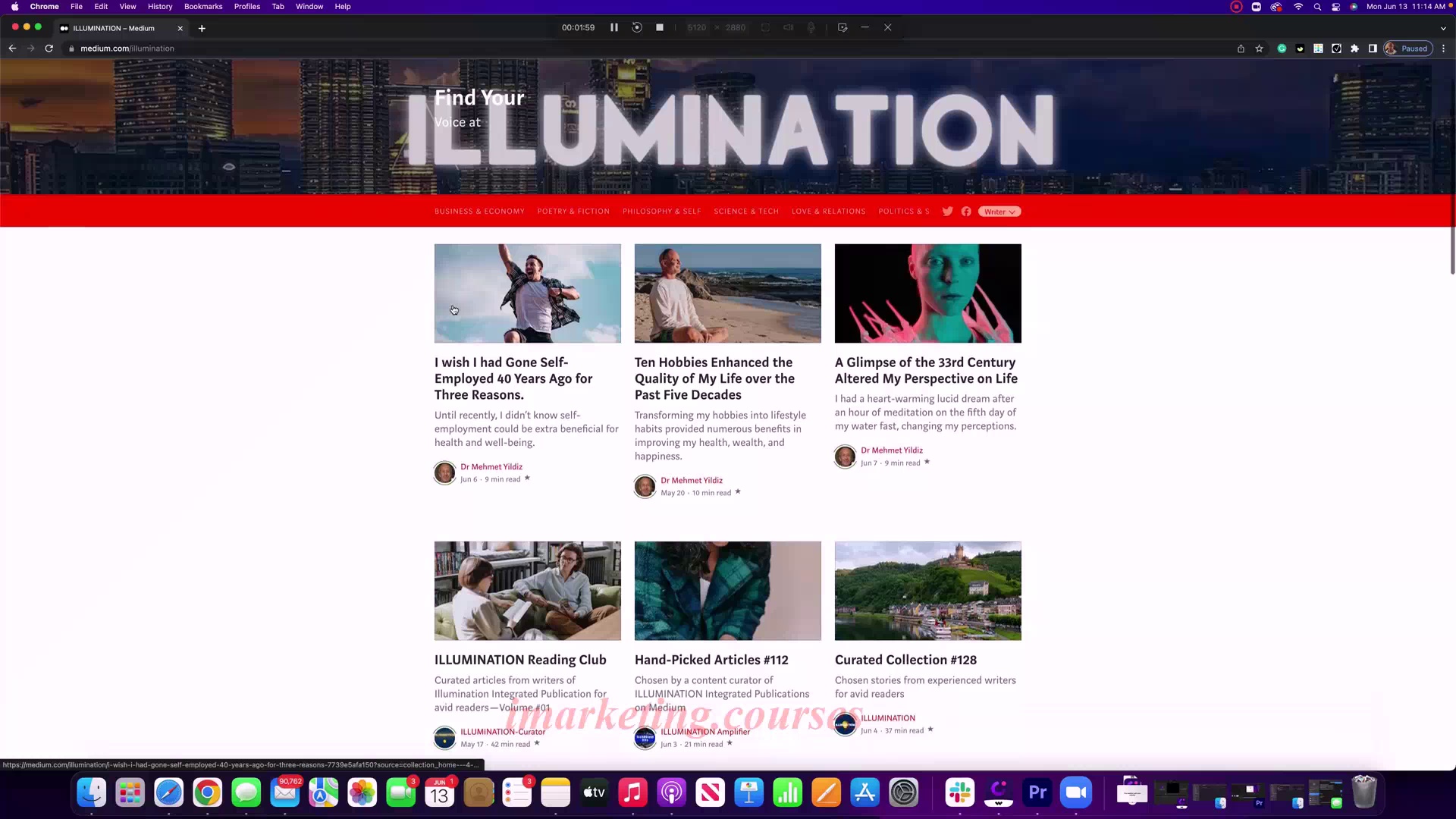
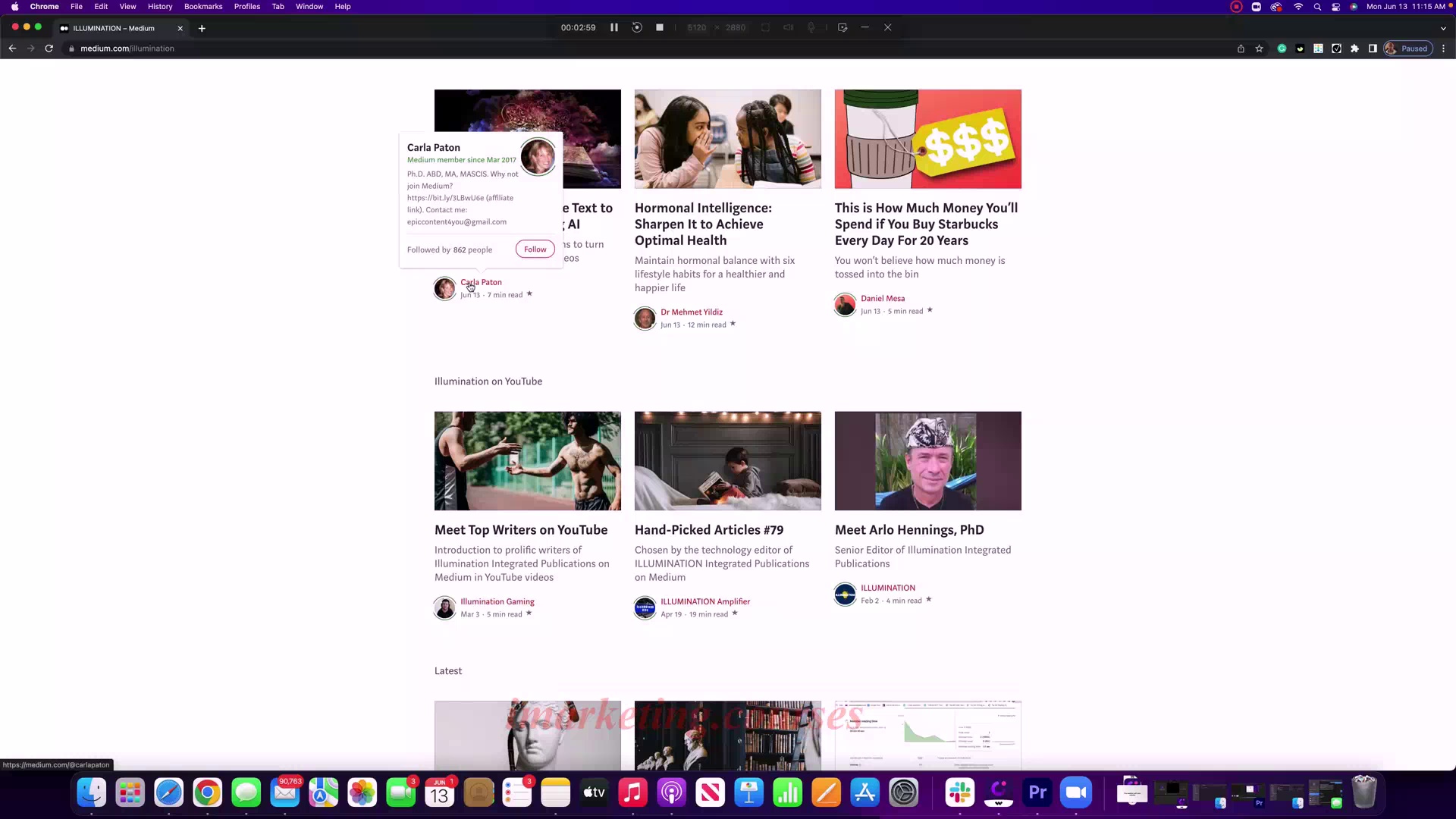
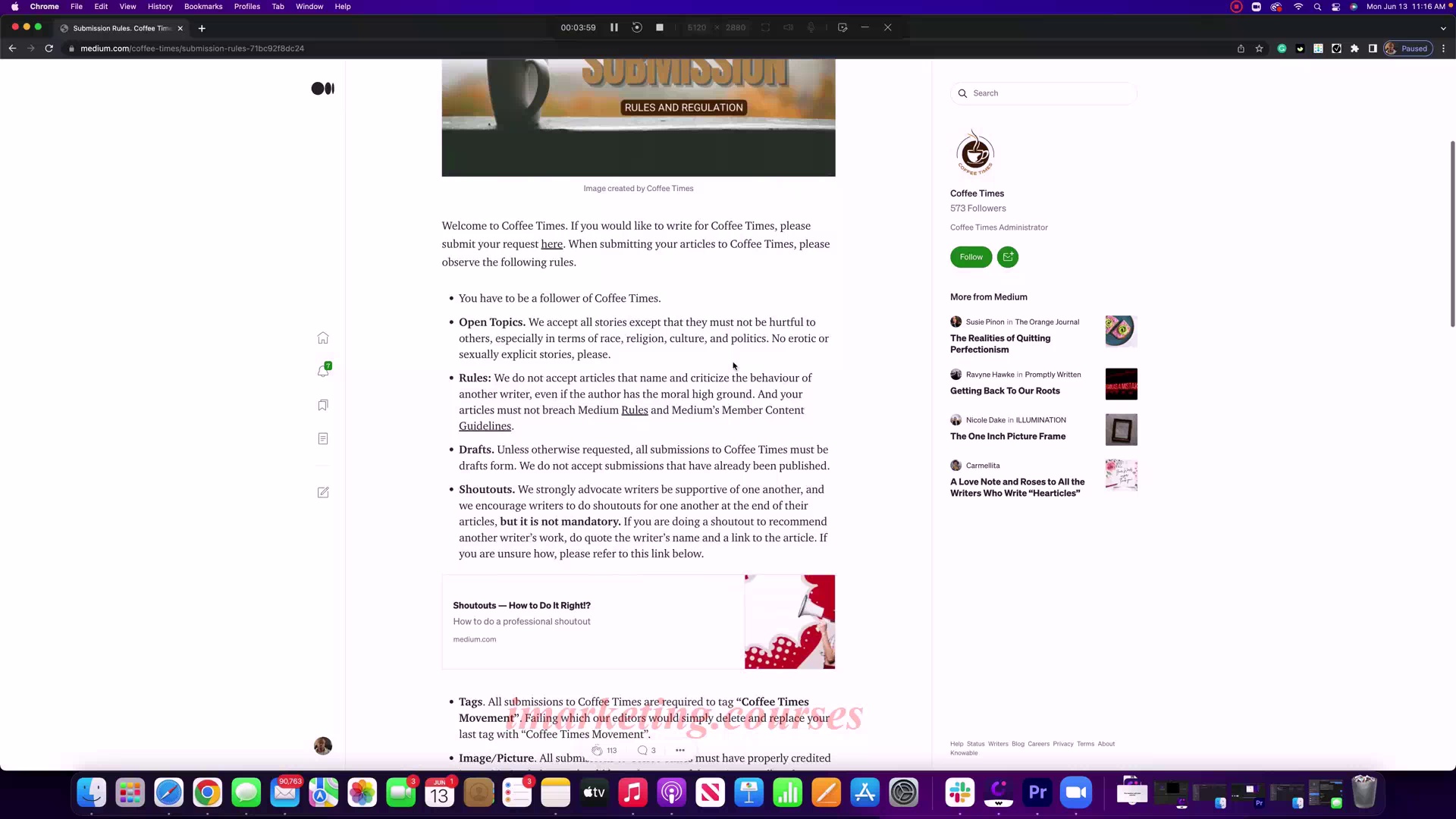
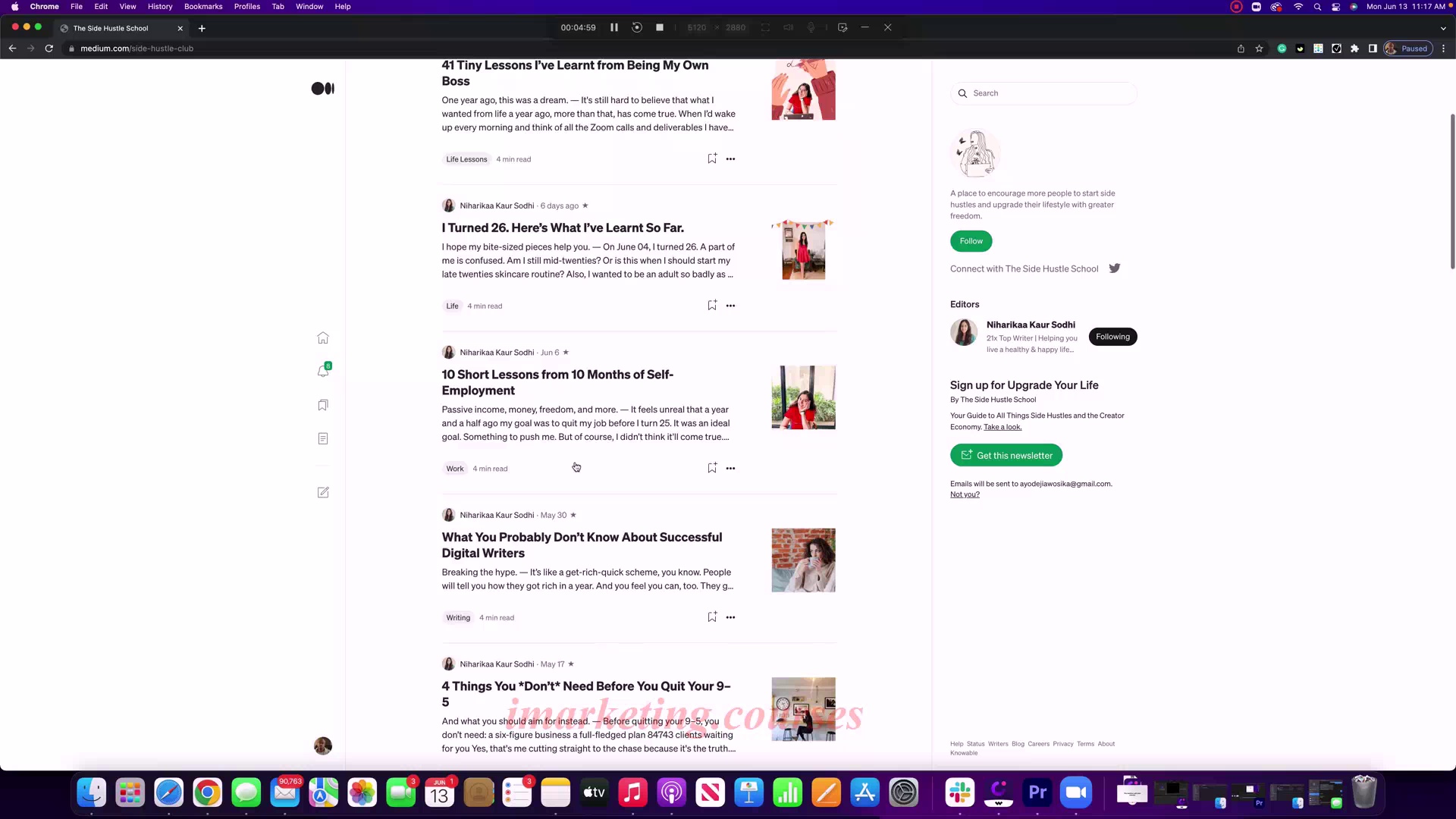
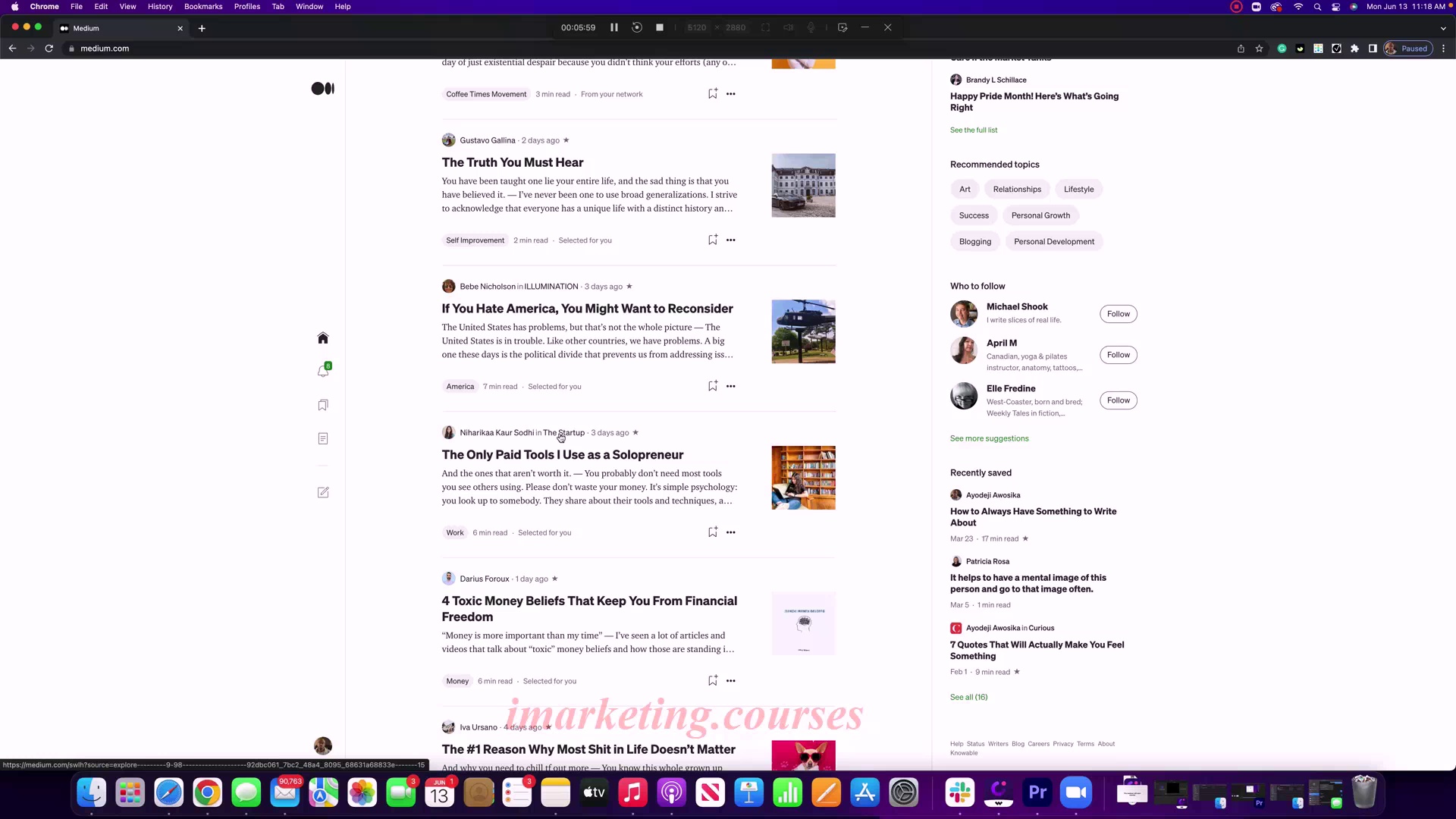
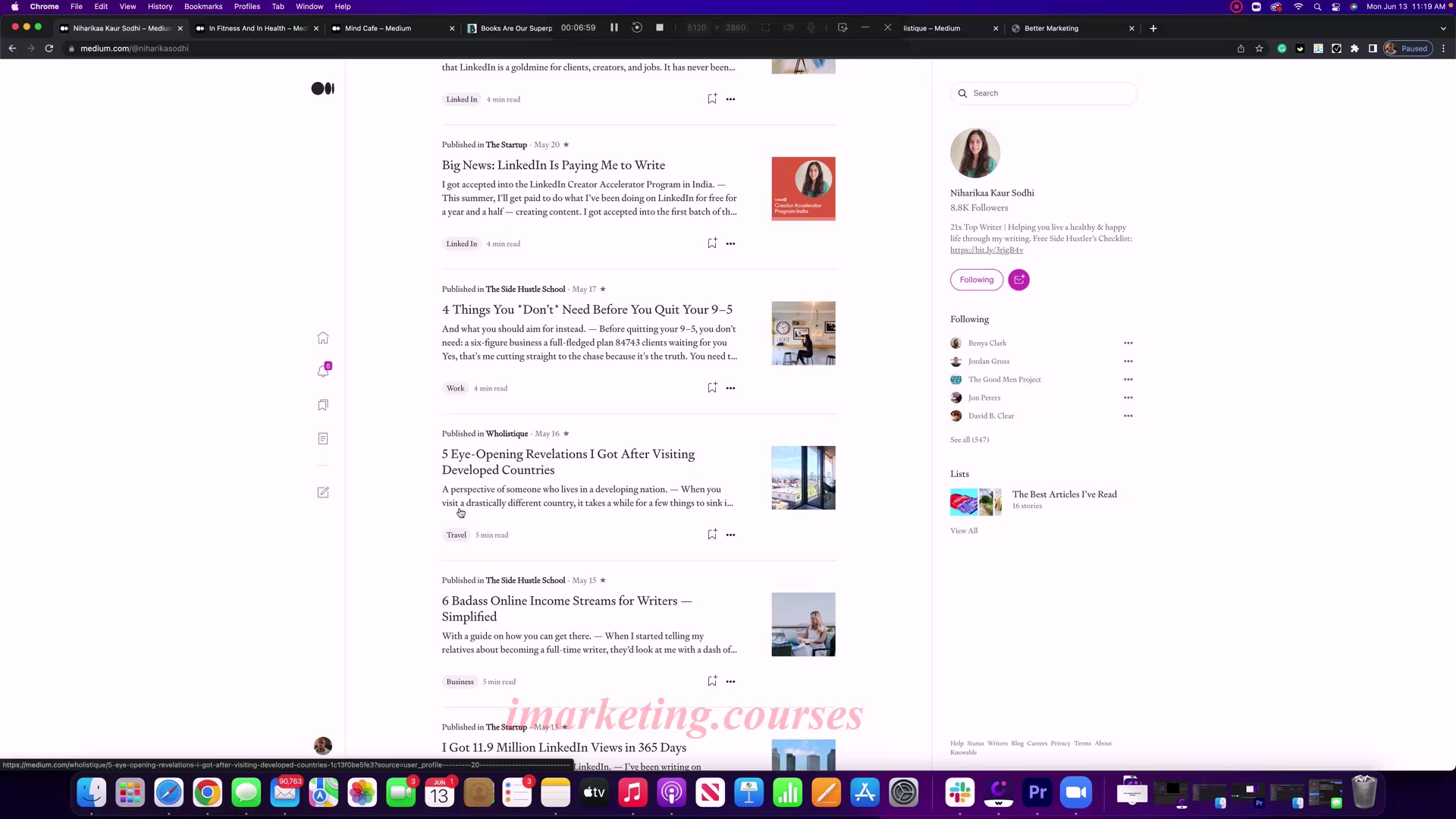
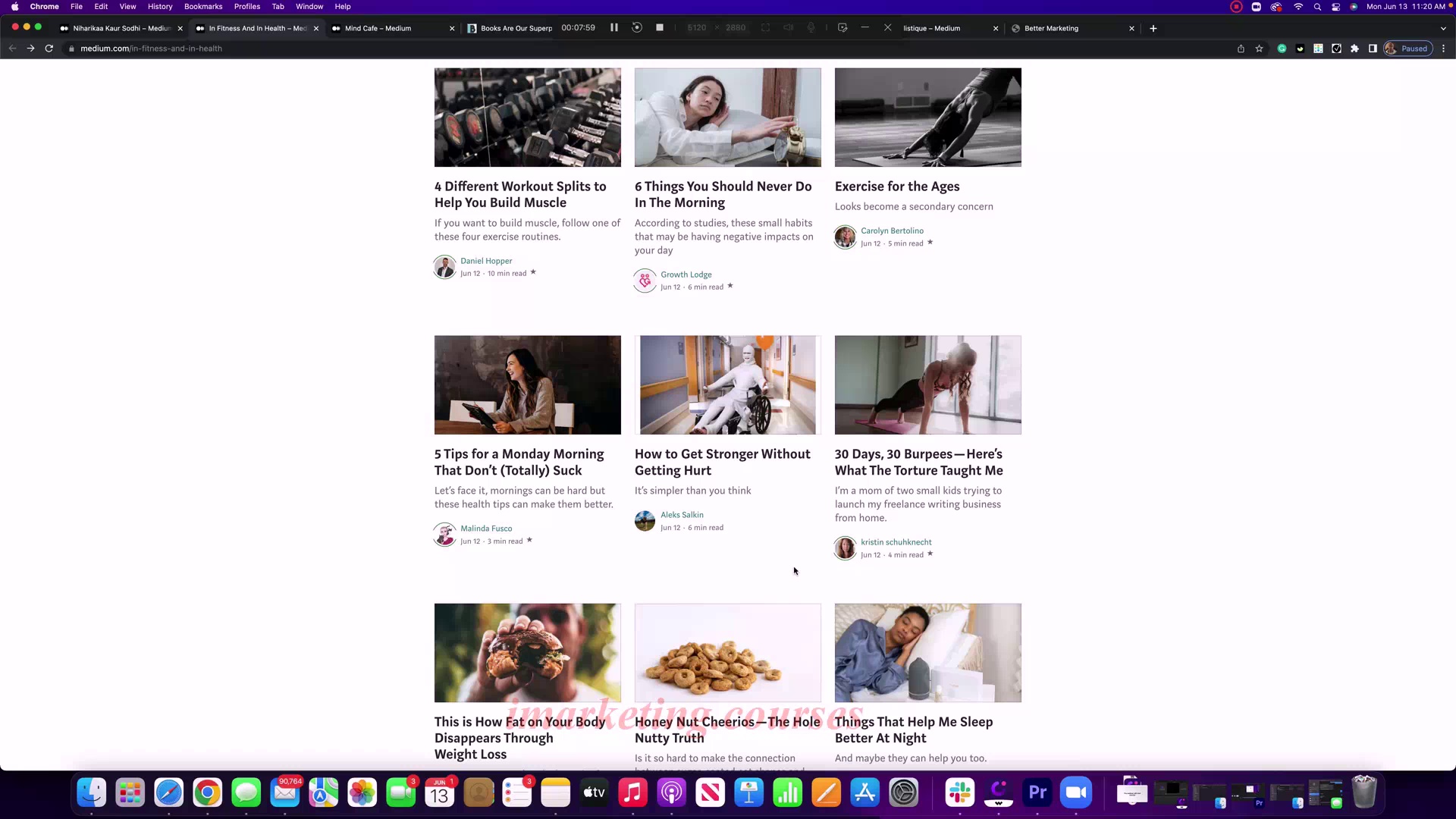
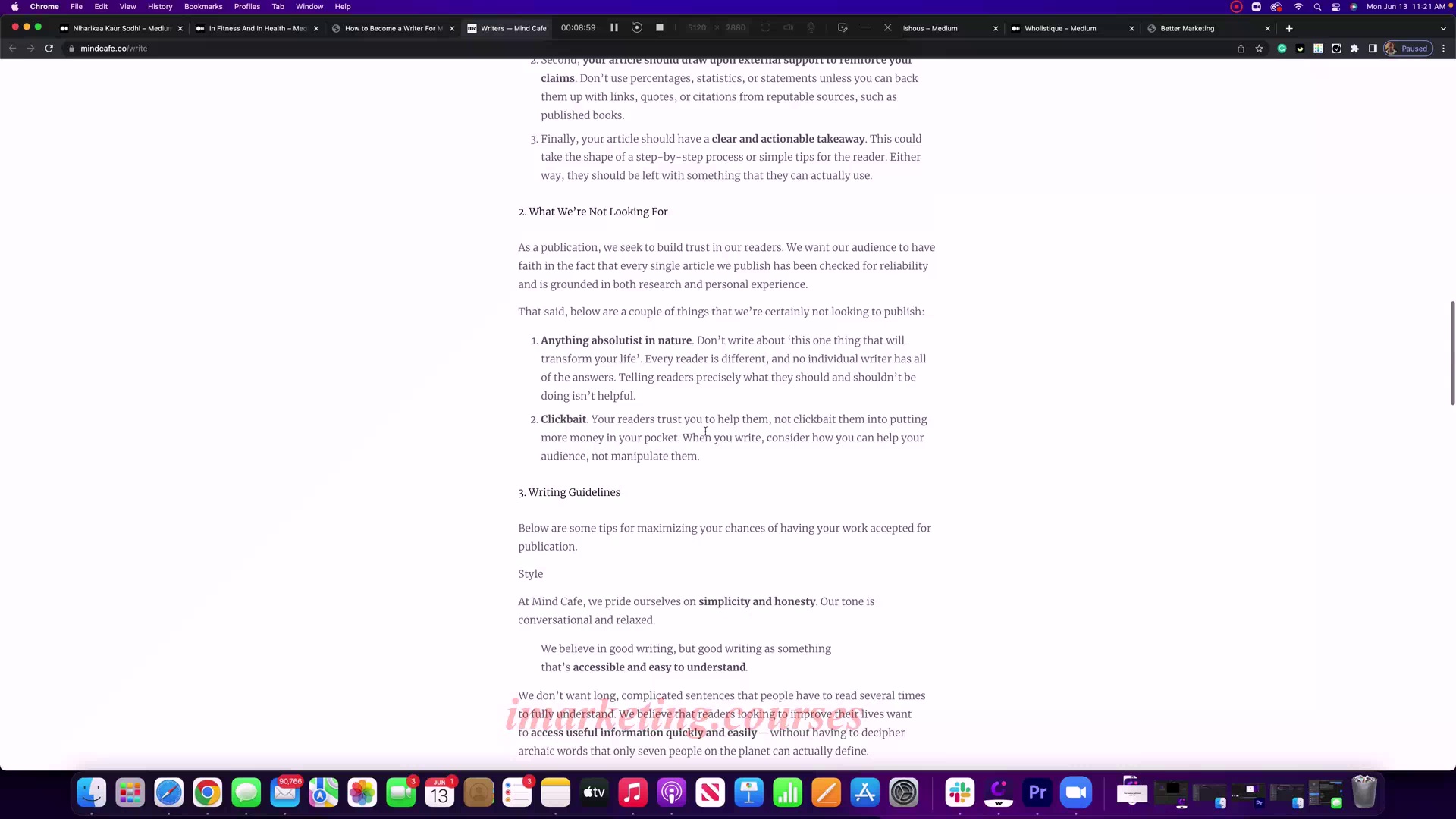
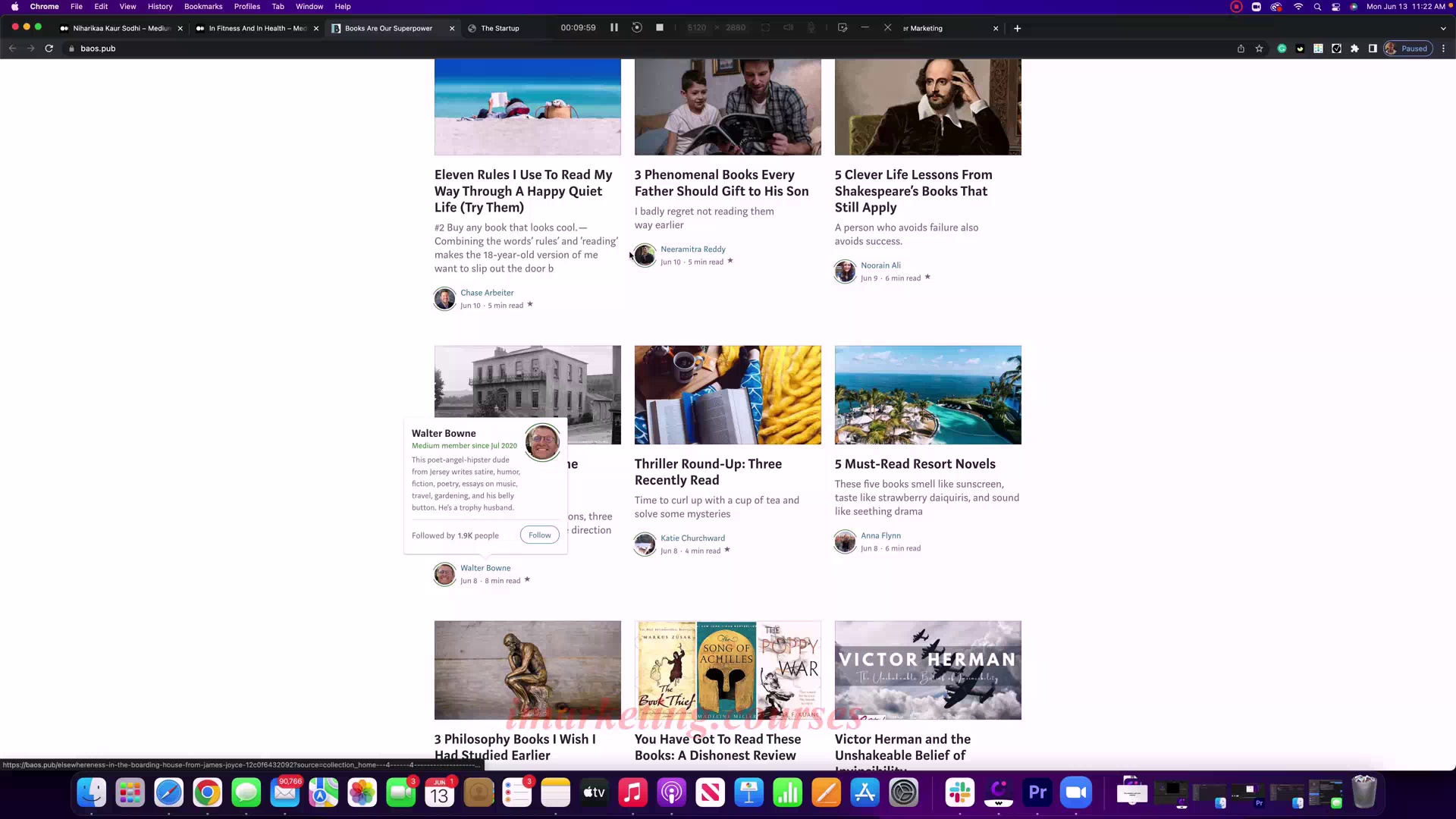
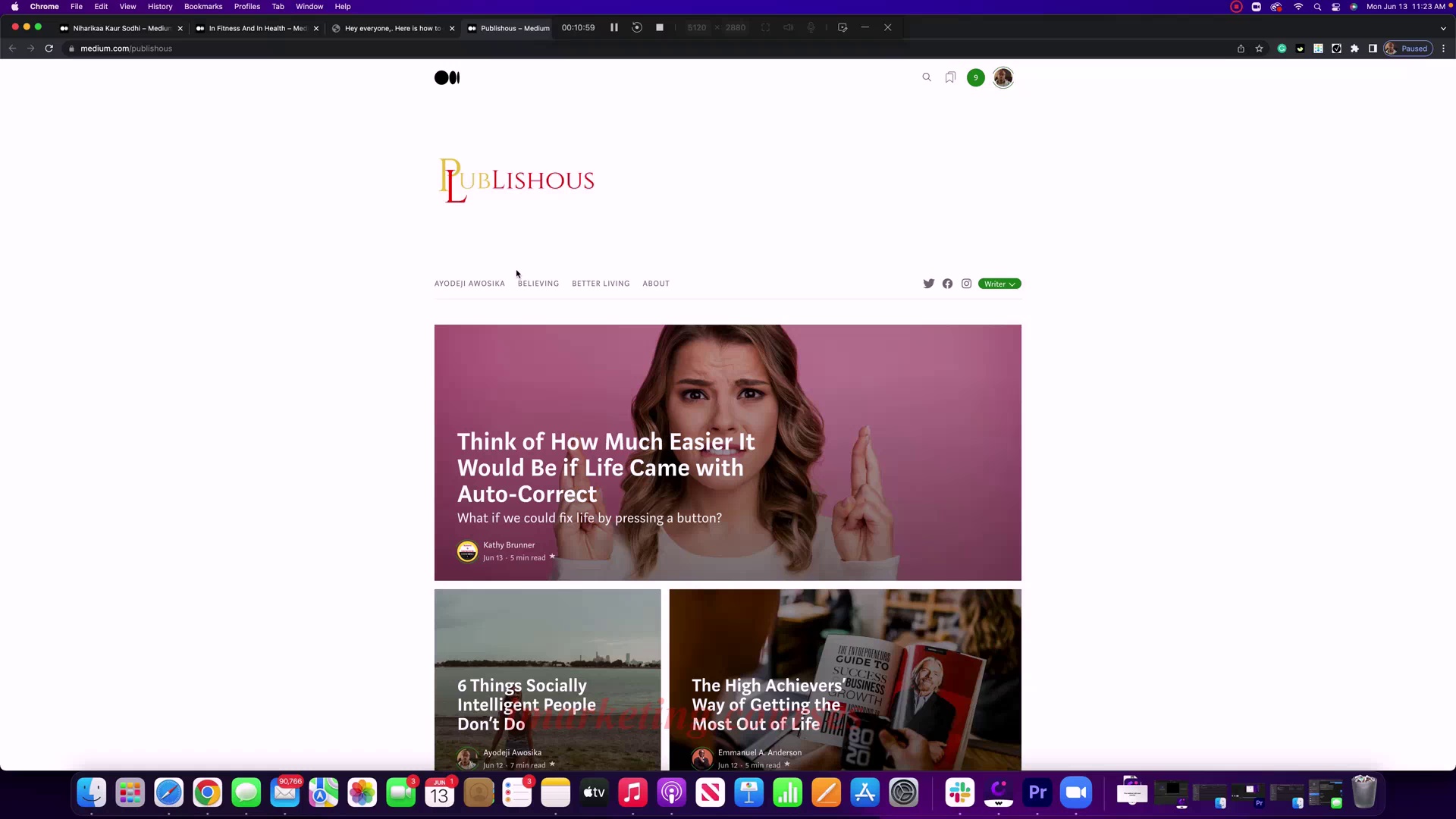
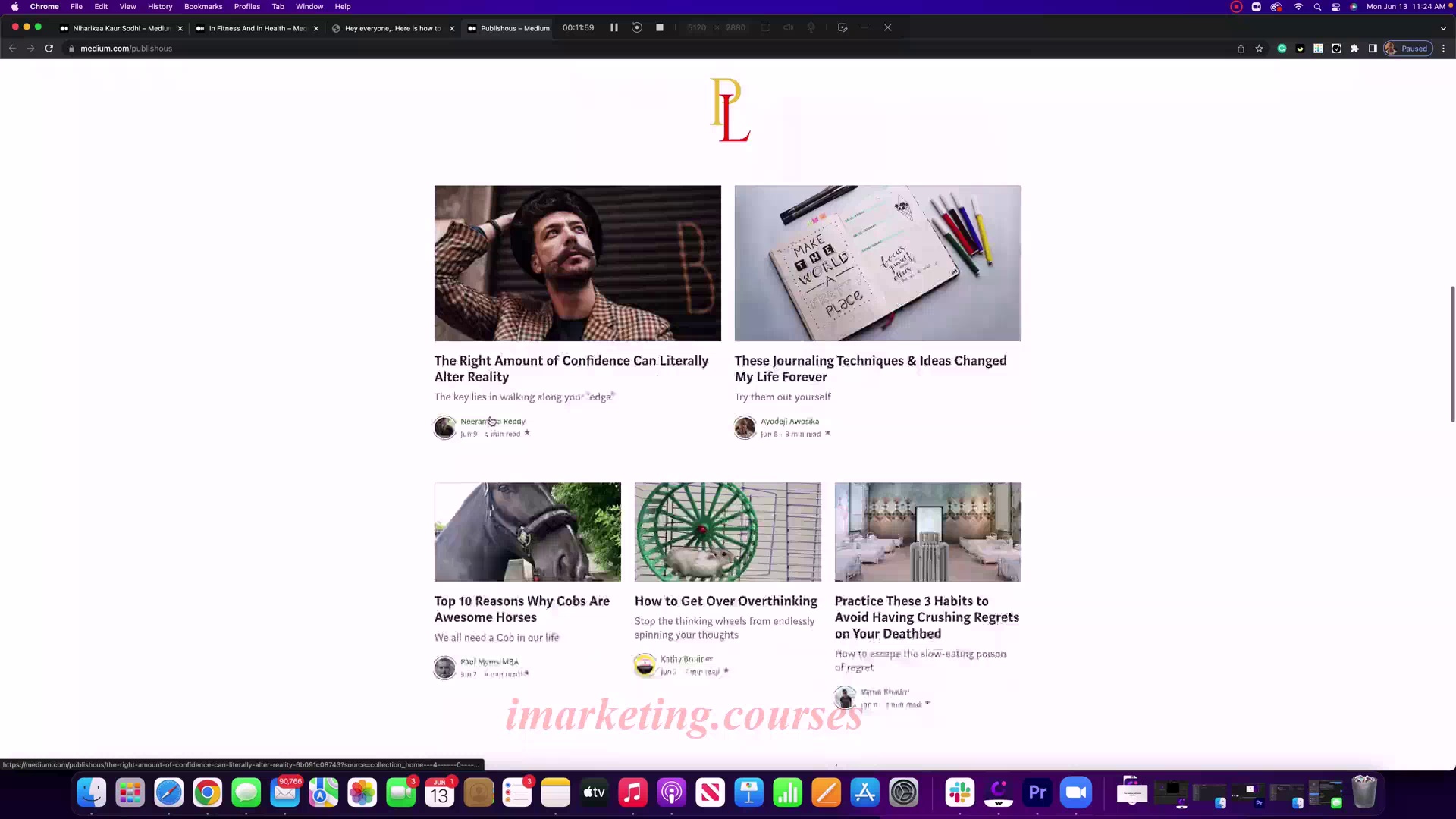
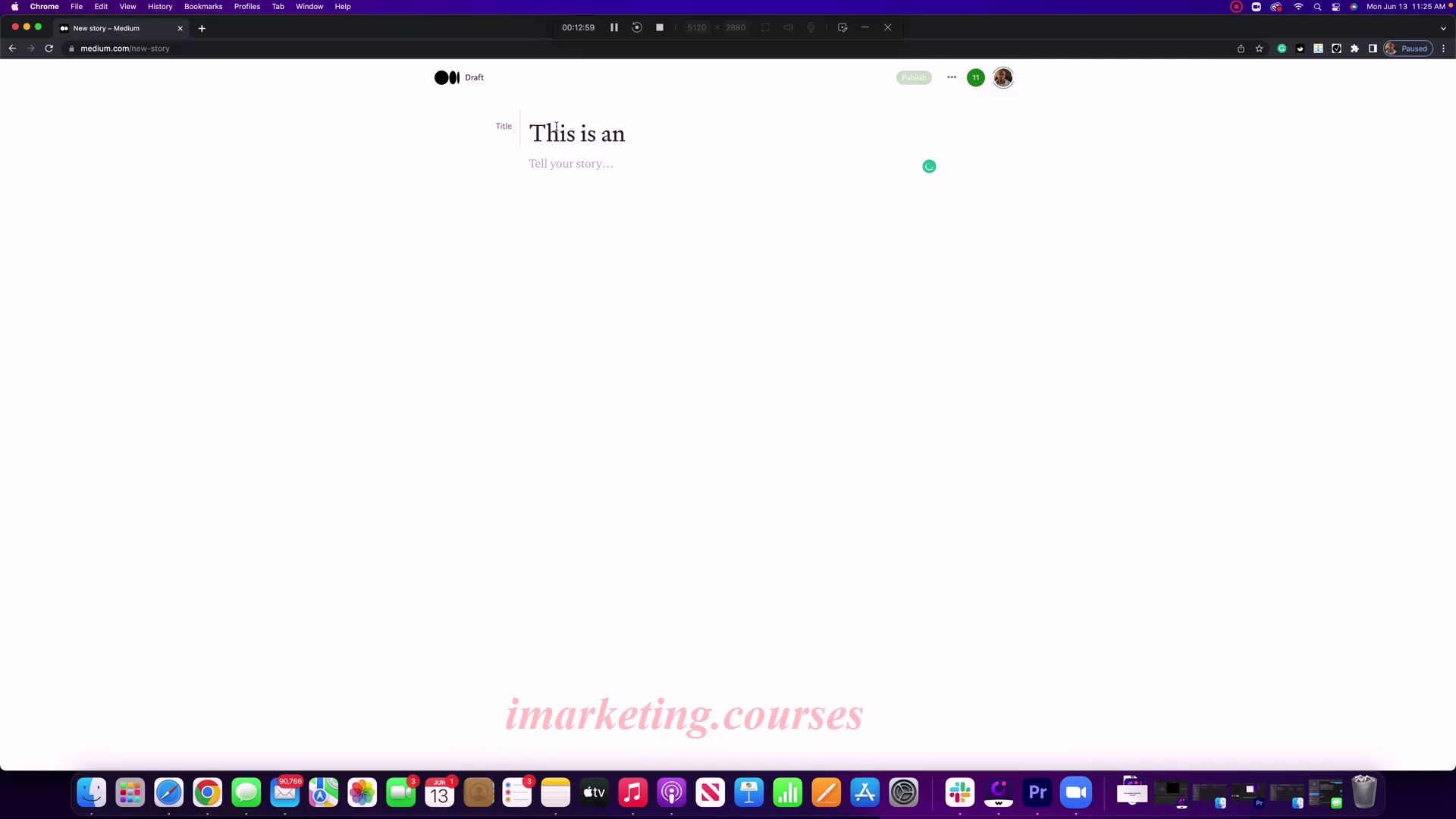
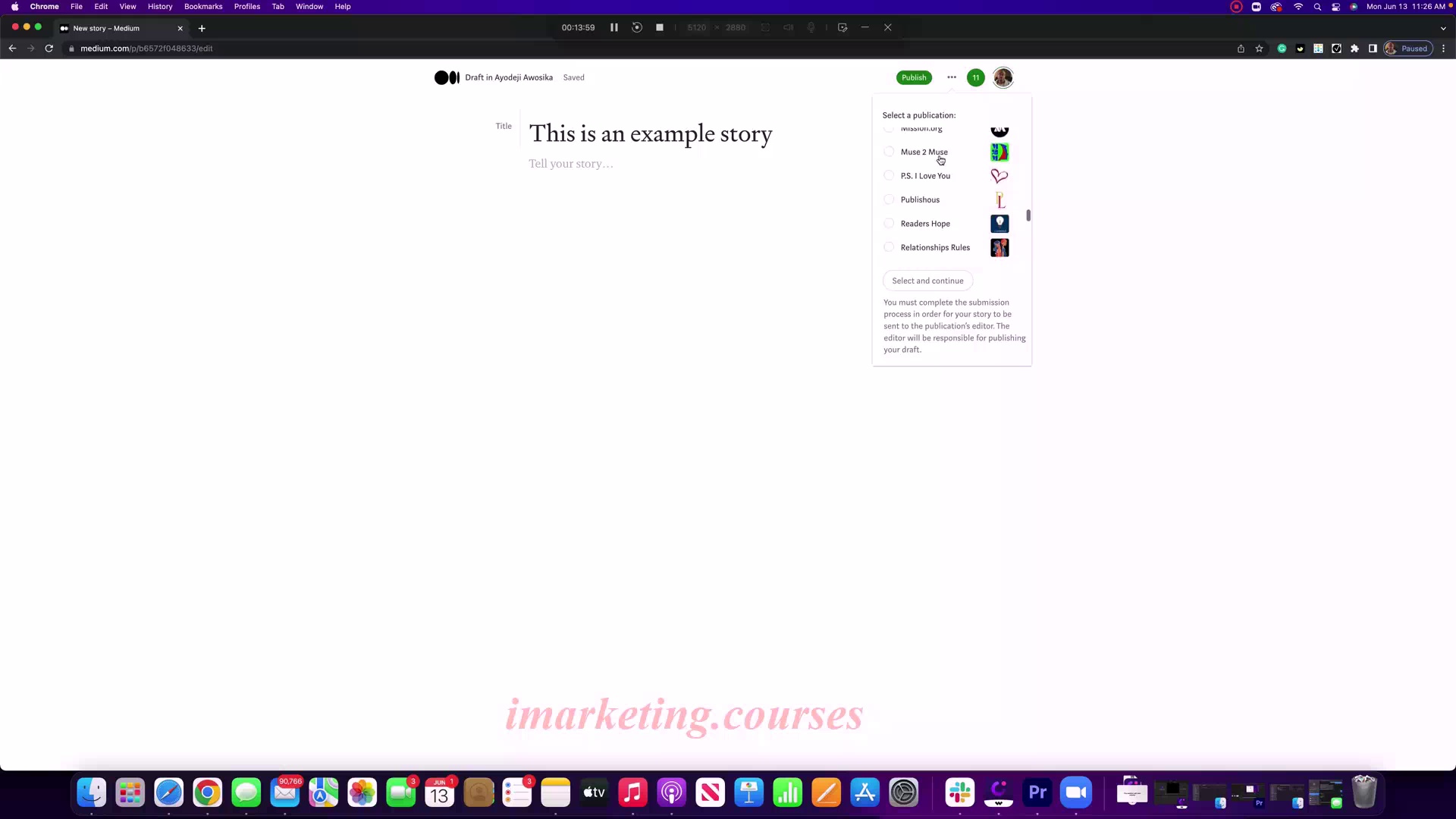
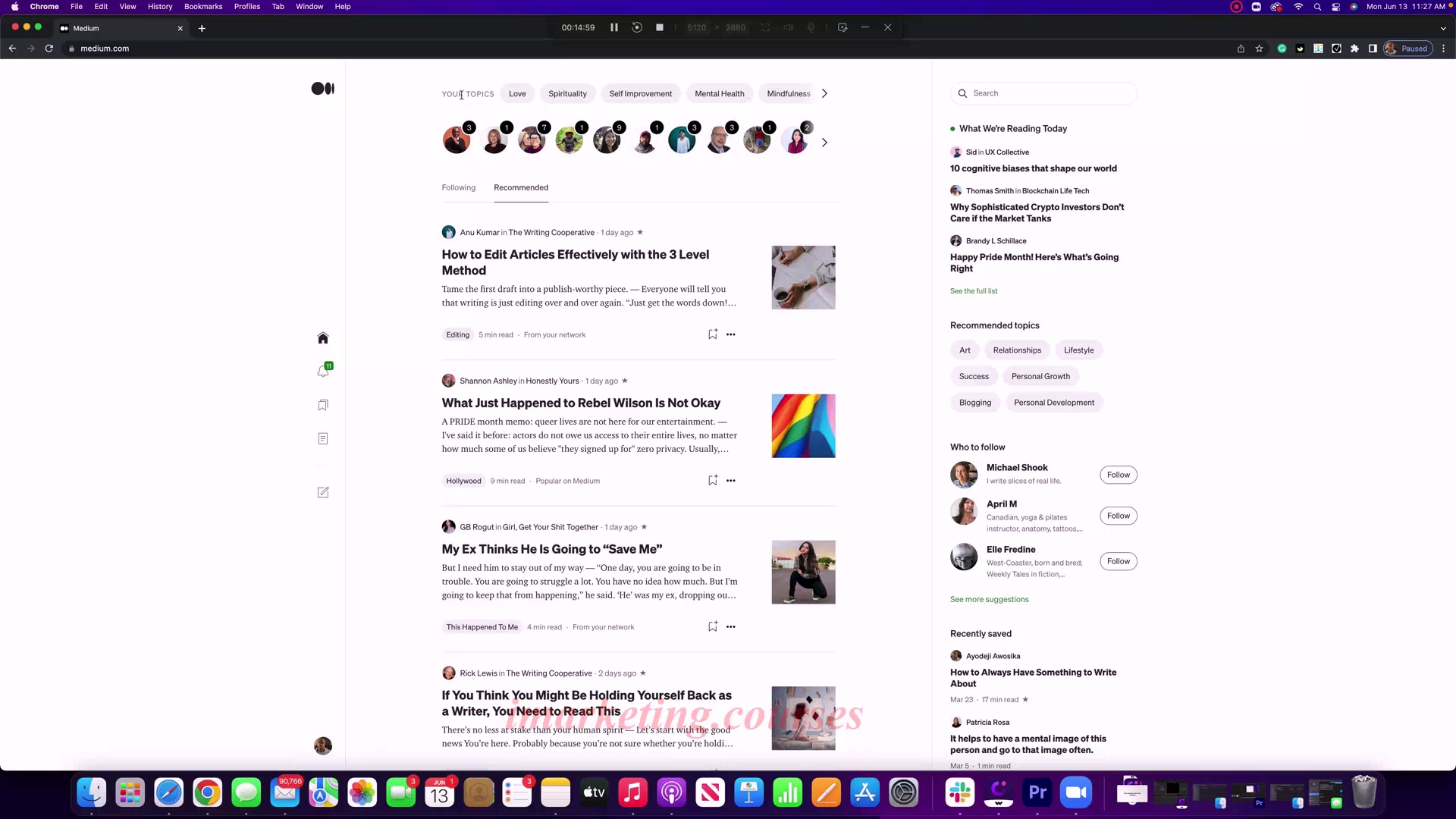
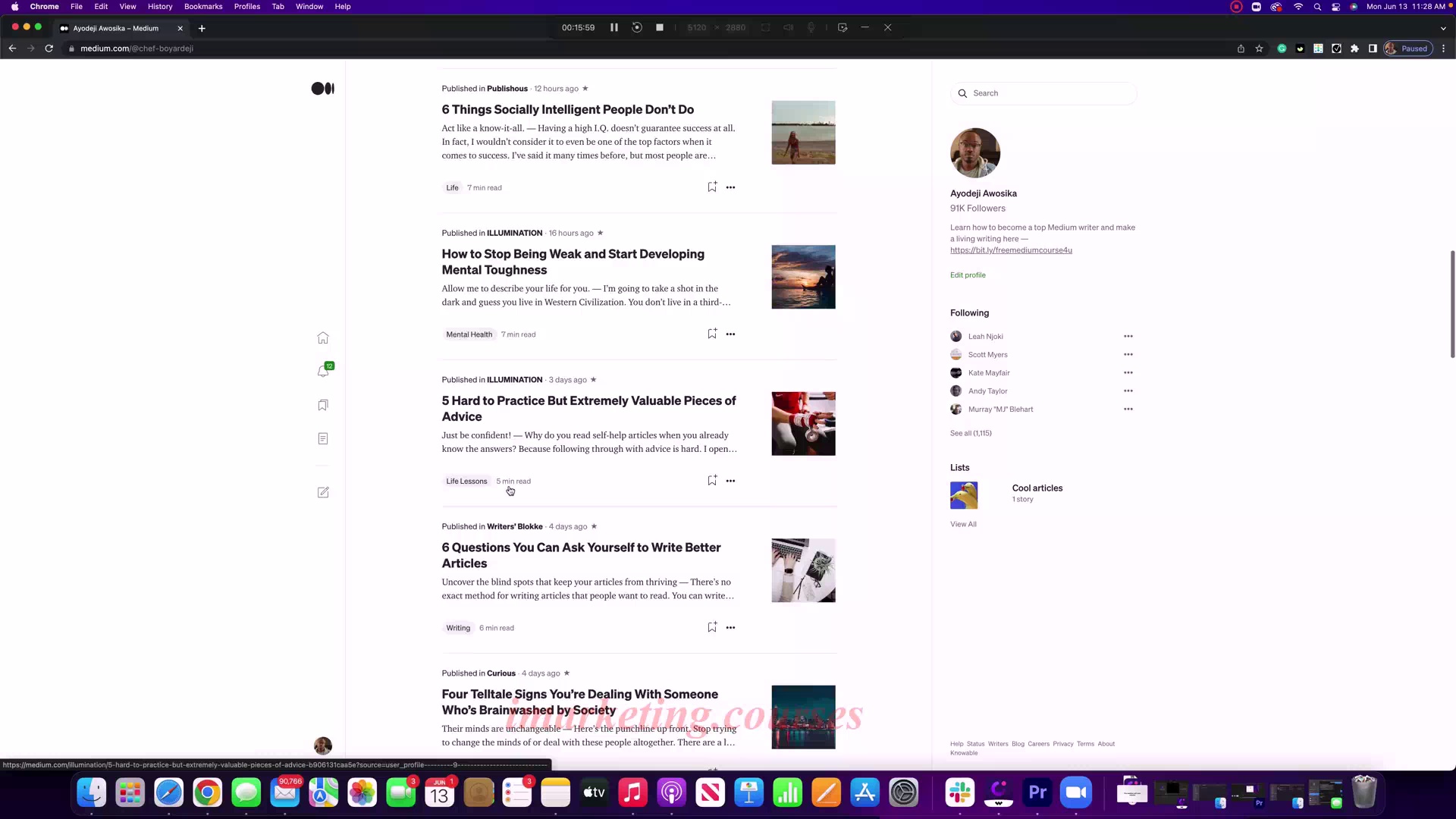
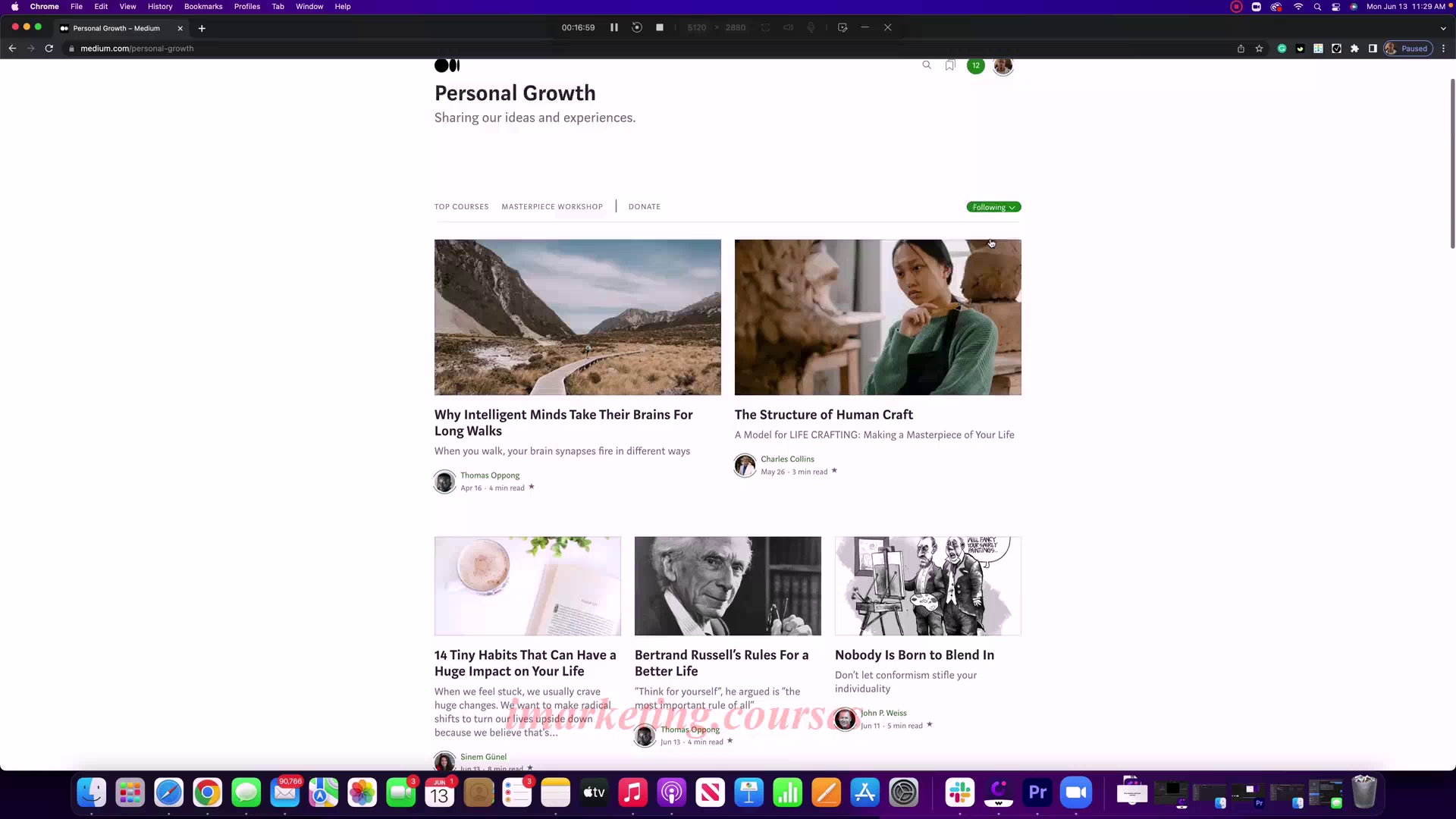
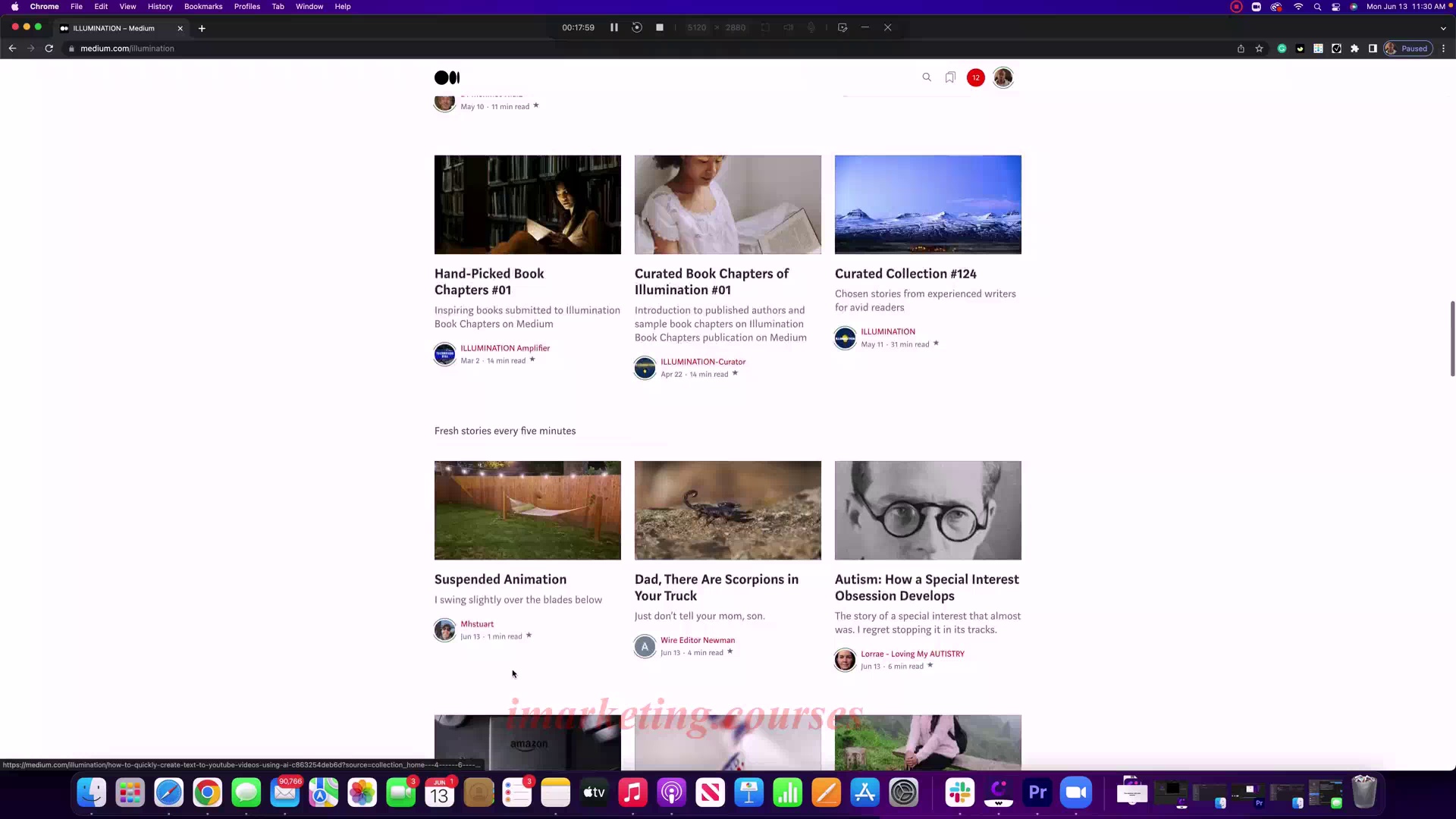
The narrator explains how to find publications on Medium to submit your articles to in order to get more views. Publications are like mini magazines within Medium, each with their own audience. Getting published in them exposes you to a new audience. The narrator provides a link to a publication "black book" - a list of 50 top publications for beginners through experts, broken down by niche.
To intuitively understand publications, look at names followed by "in" and click through to view the publication details like number of followers. Study current writers and articles to judge if you can get in. Follow any submission guidelines explicitly.choosing publications, consider size and "dilution." Bigger publications have more followers but more writers means more competition for views (higher dilution).
When starting out, opt for big, diluted publications. As an intermediate, find medium/big ones with less dilution. When advanced, find big publications with low dilution. The black book resource categorizes publications this way. Check back as it's updated every few months.
.Medium Writing - Part 2



















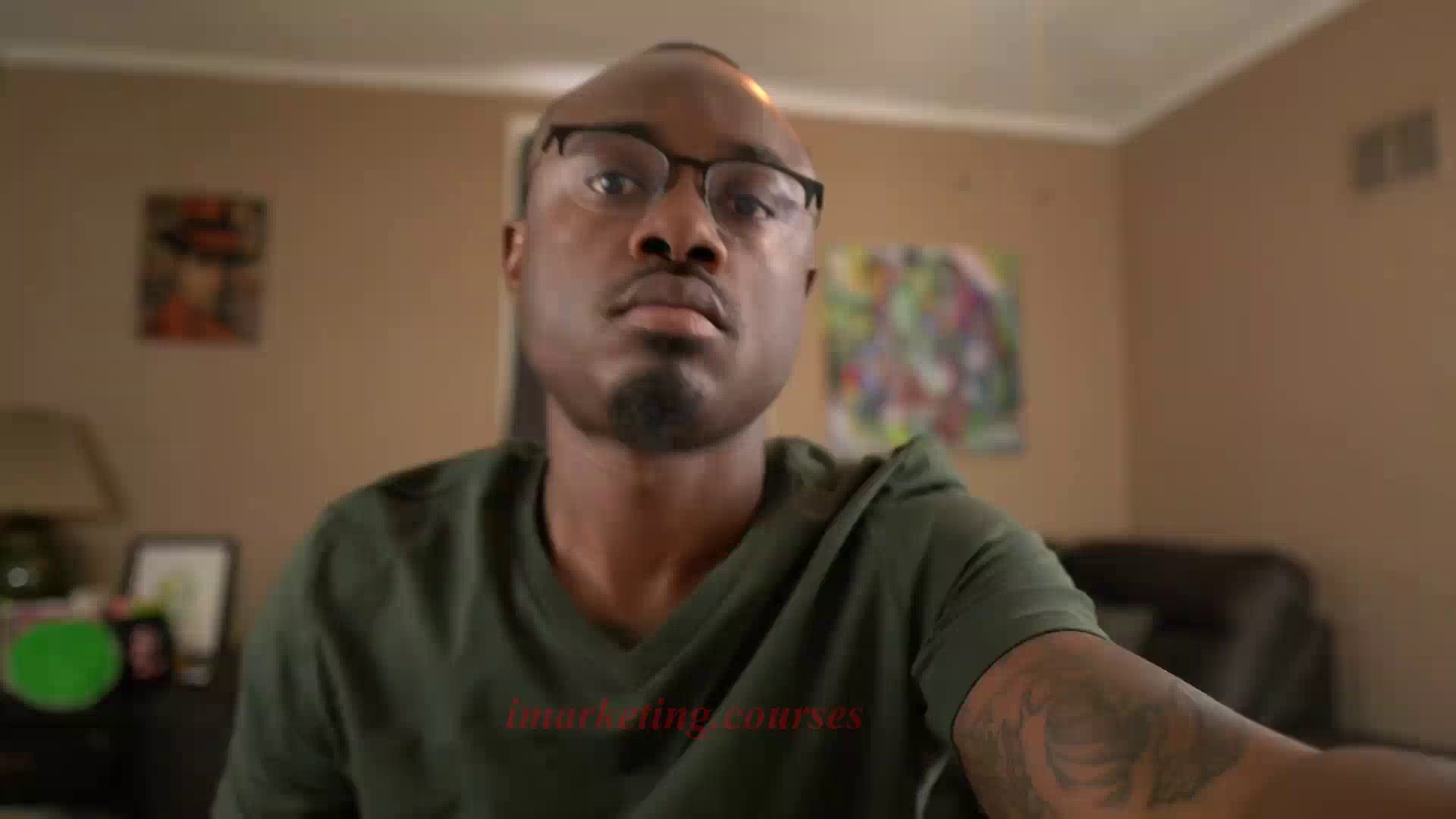
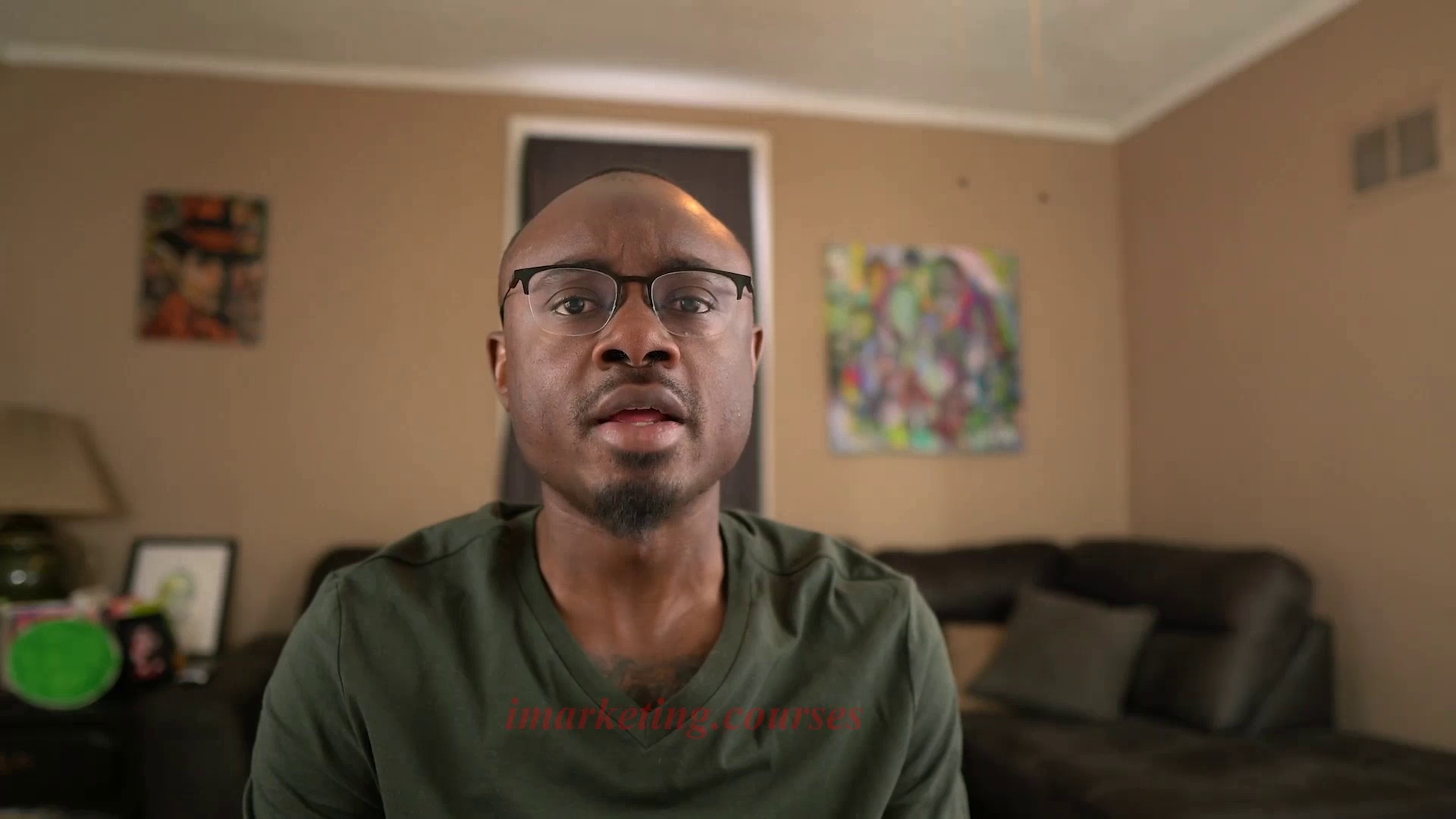
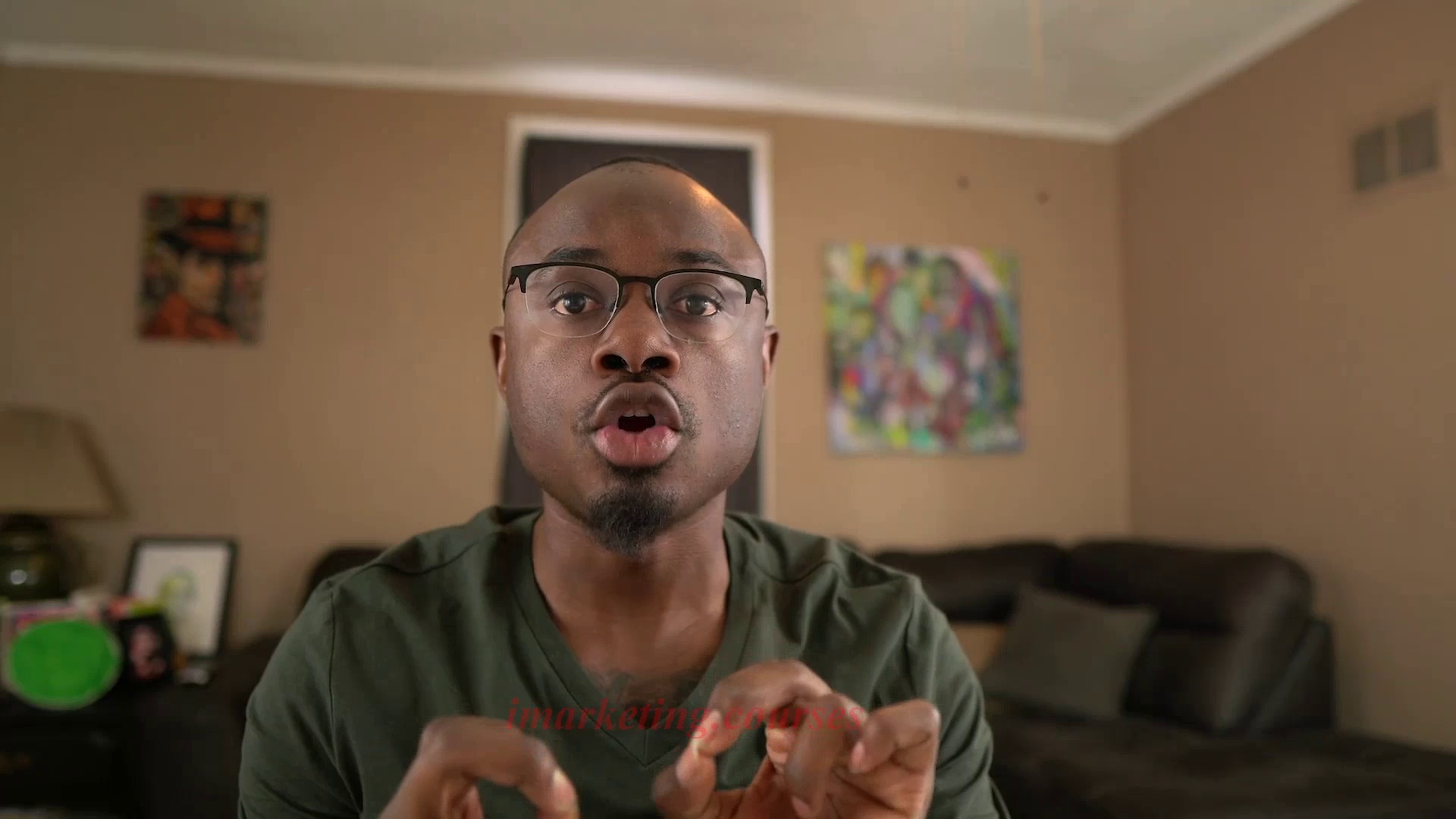
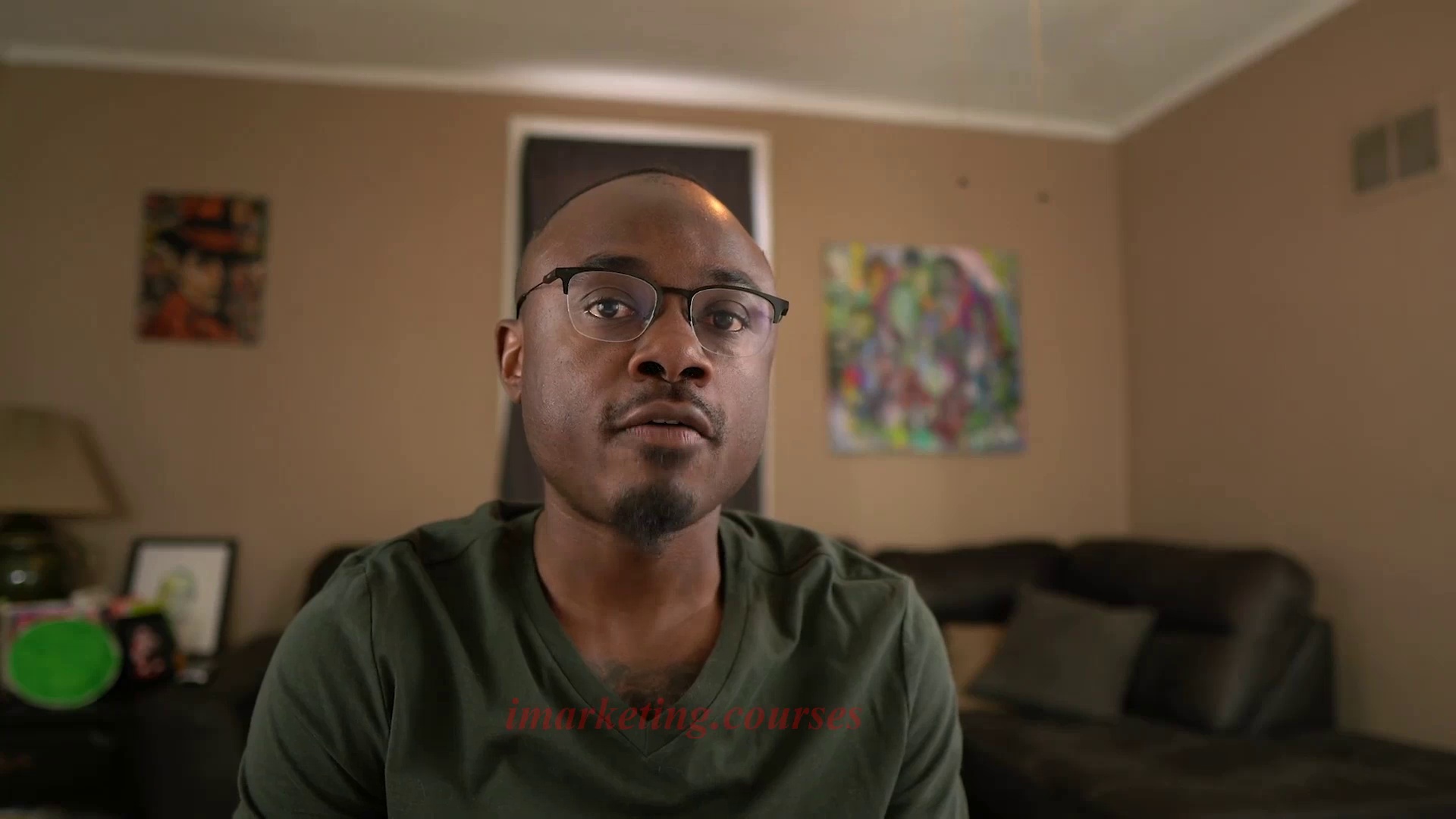
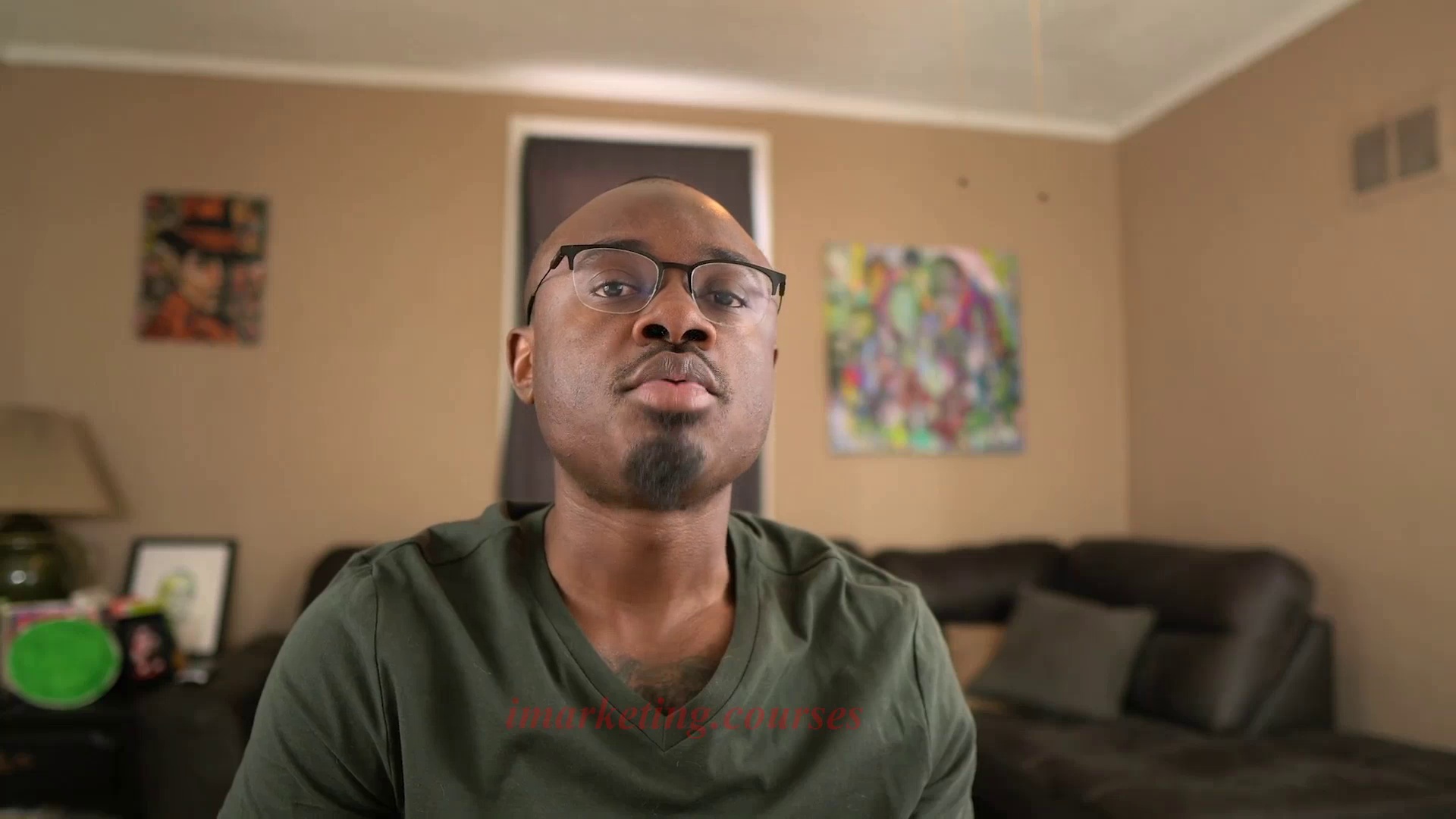
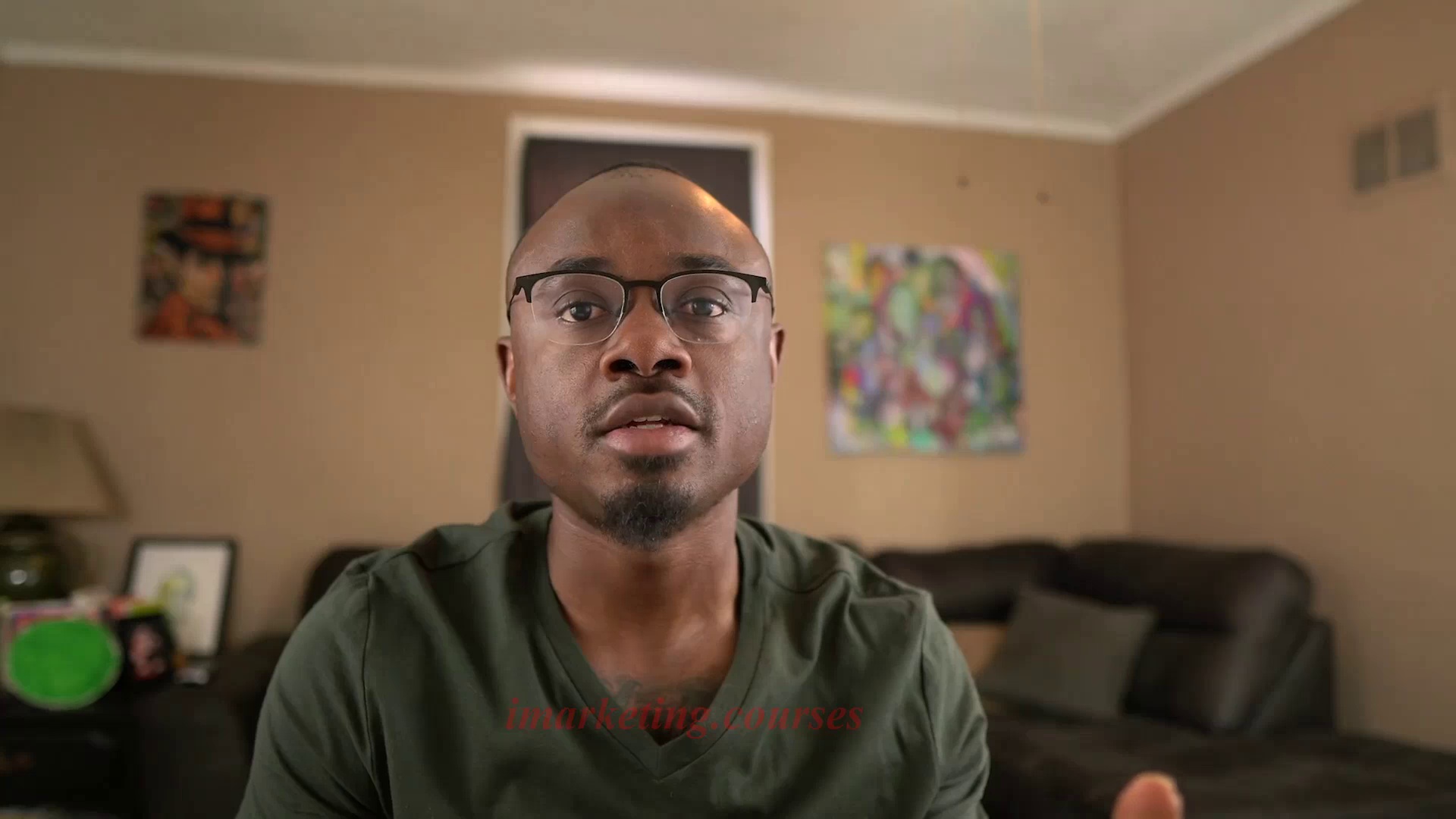
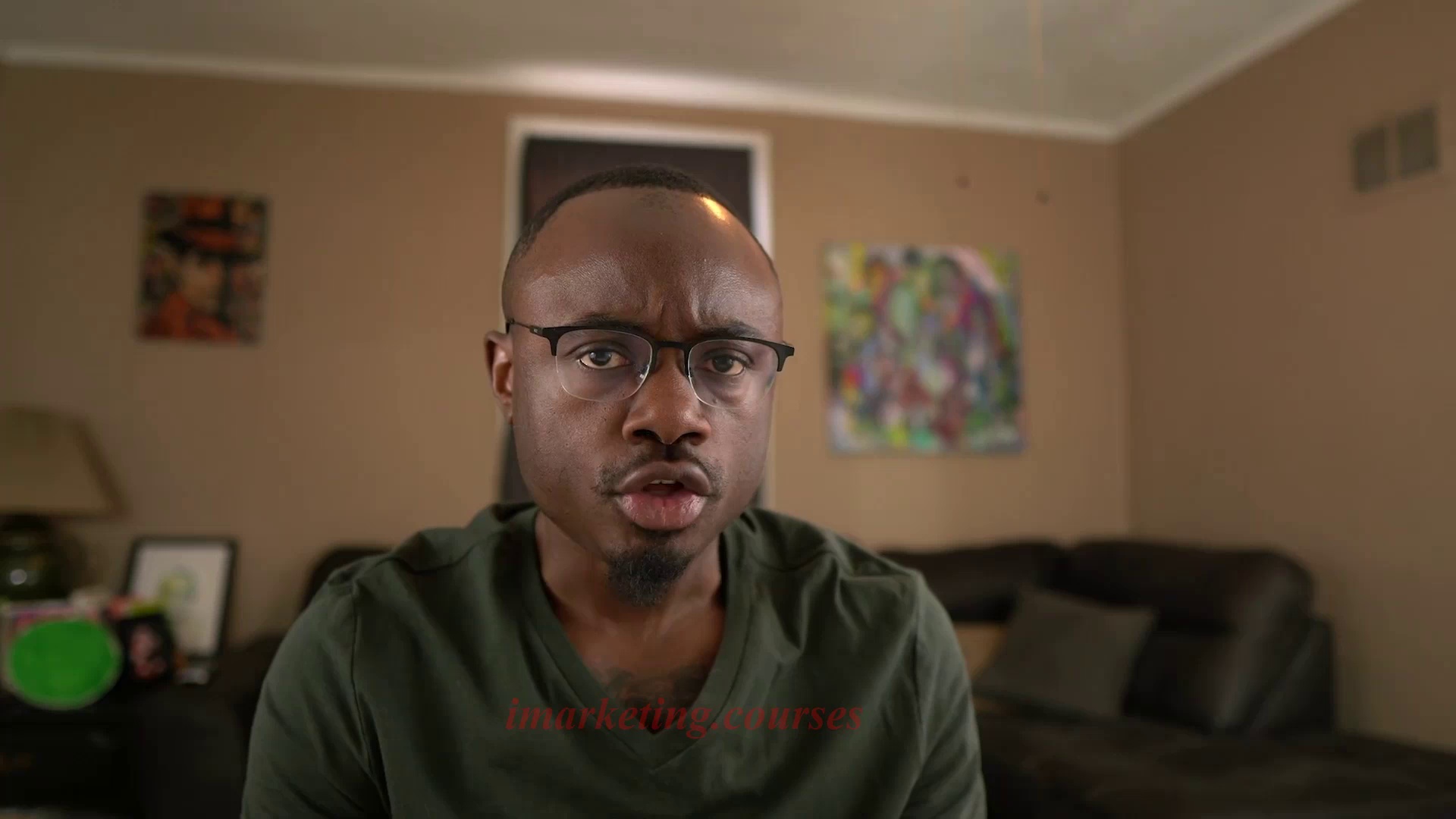
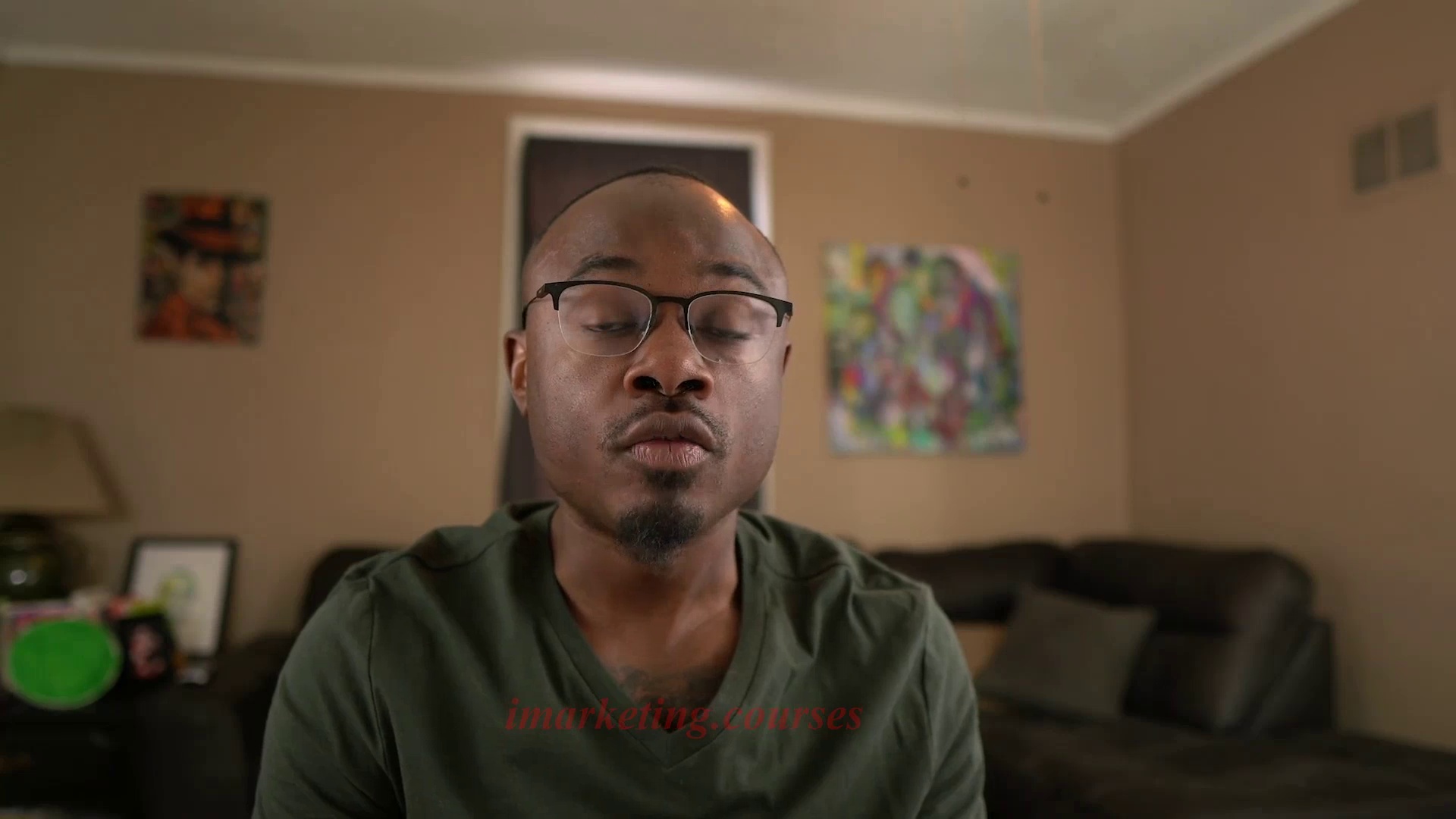
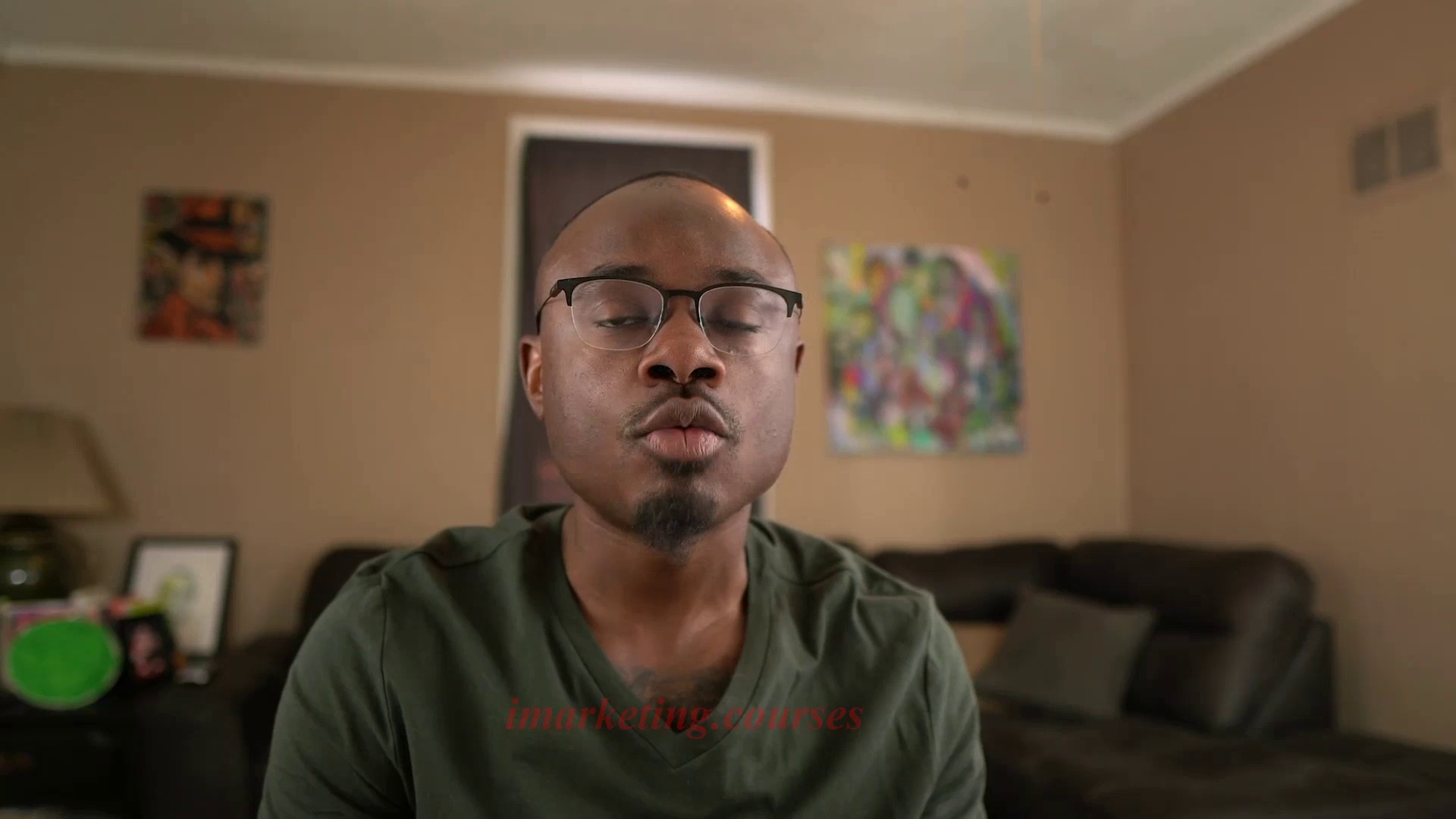
The narrator says the number one mistake aspiring writers make is using their blog as a personal journal. They just "vomit out words" about their lives and no one wants to read that.
Successful writing is not about you, it's about the reader. You have to focus on what the reader wants and identify with their struggles. Tell stories that connect with them, not just stories about yourself.
The narrator says too many writers have a "blind spot" where they think people will want to read their work just because they wrote it. But readers don't care about you or your dreams, they care about what your writing can do for them - if it inspires, educates or entertains them.
When trying to understand why people don't want to read your work, look at what is actually working and reverse engineer it. Figure out why it connects with readers. Remove your self-centered blind spot.
The narrator bluntly states that readers don't care about your writing or you by default. You have to give them a compelling reason to be interested through great writing focused on their wants and needs.
The key advice is: Do not make your blog your personal journal. Do not make your blog your personal journal. Do not make your blog your personal journal.
.Medium Writing - Part 3




























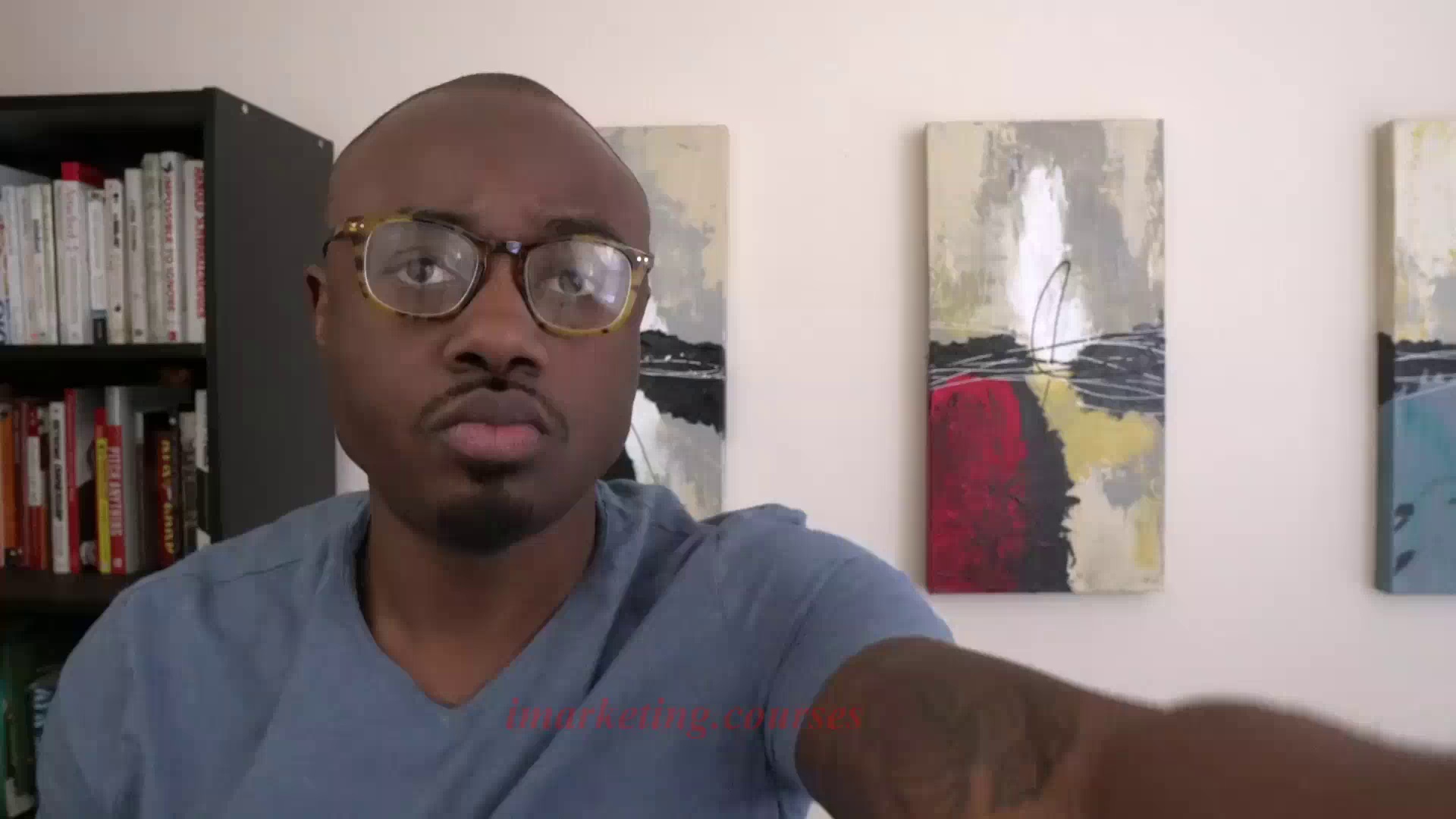
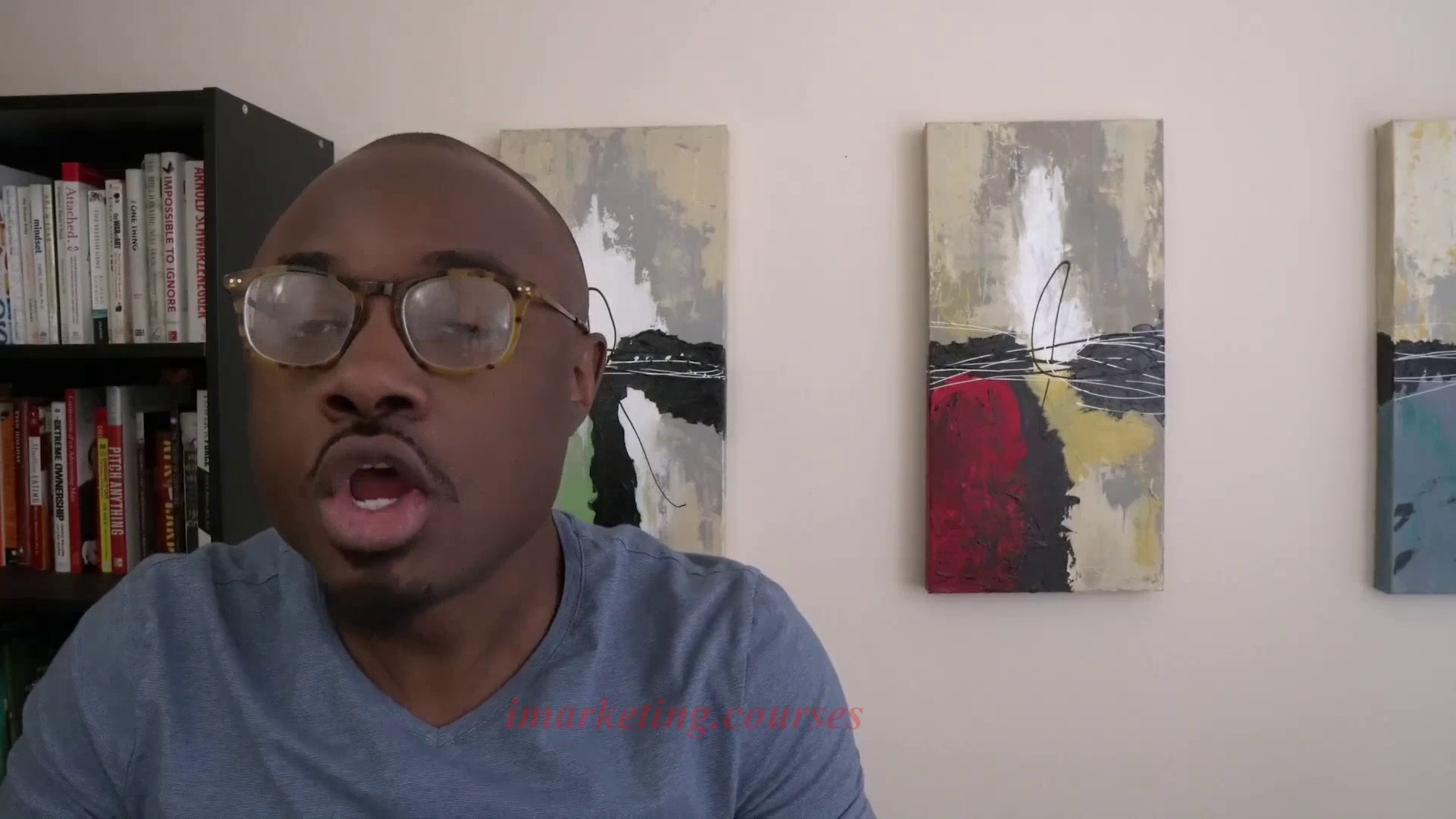
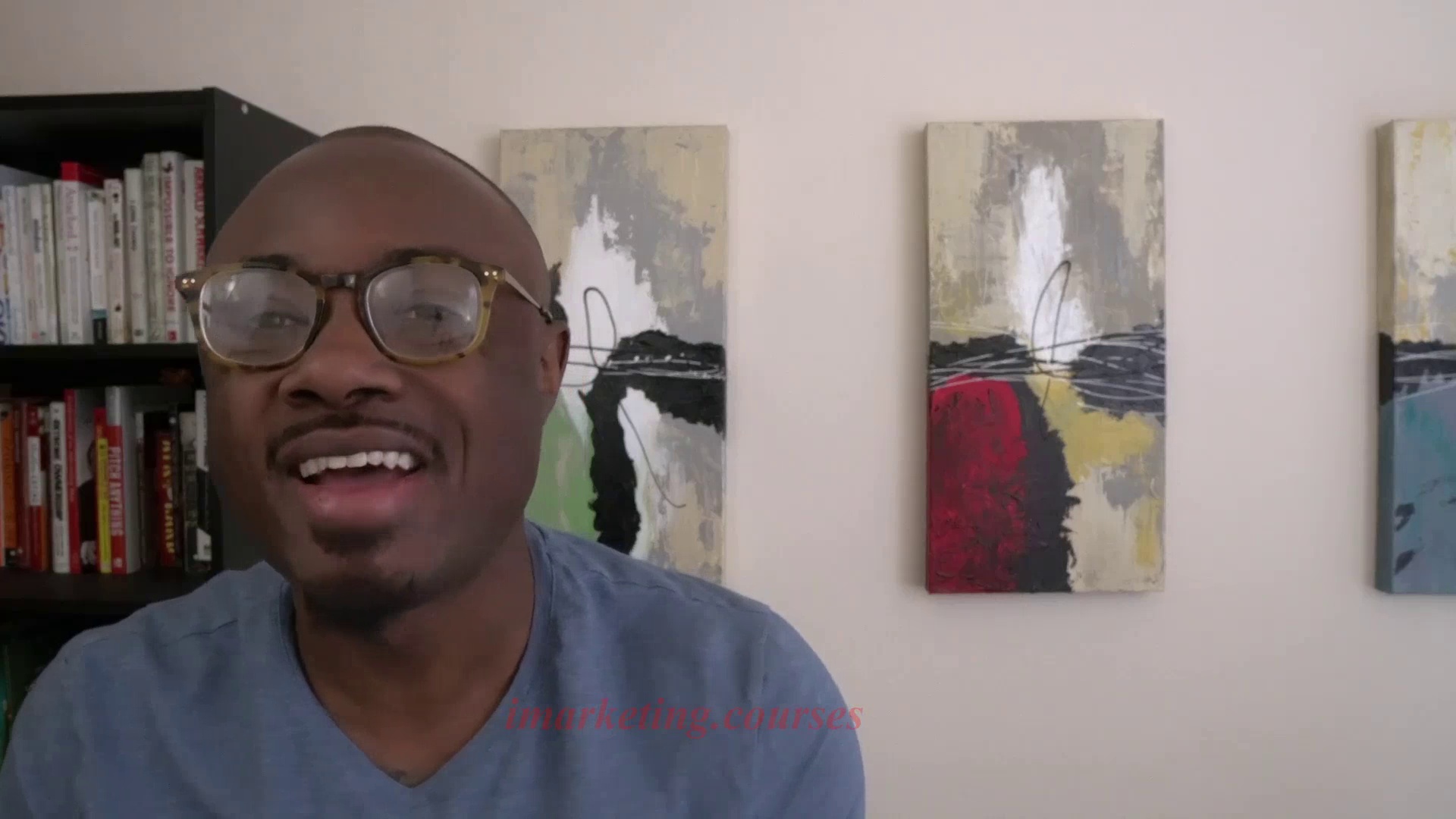
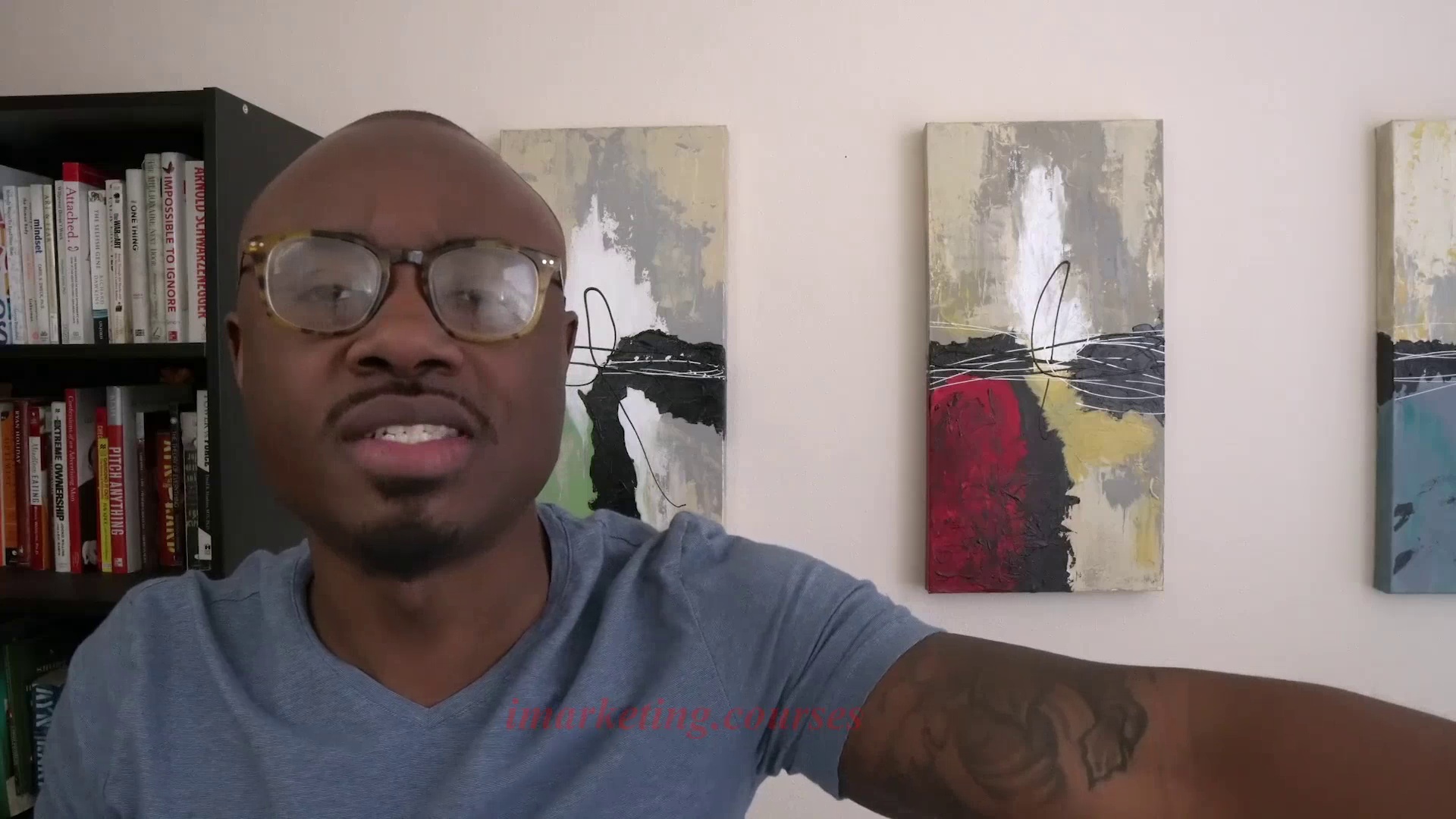
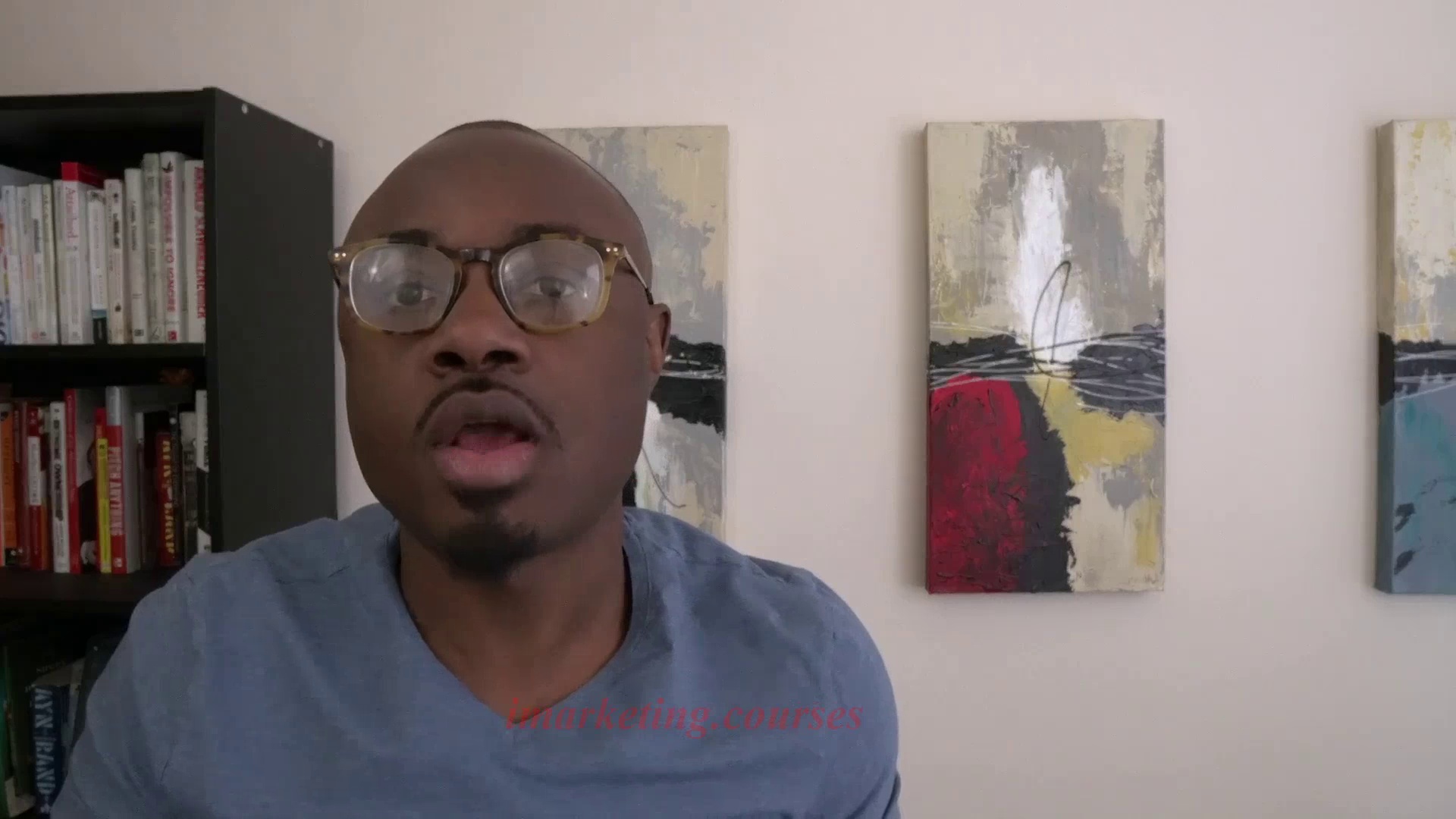
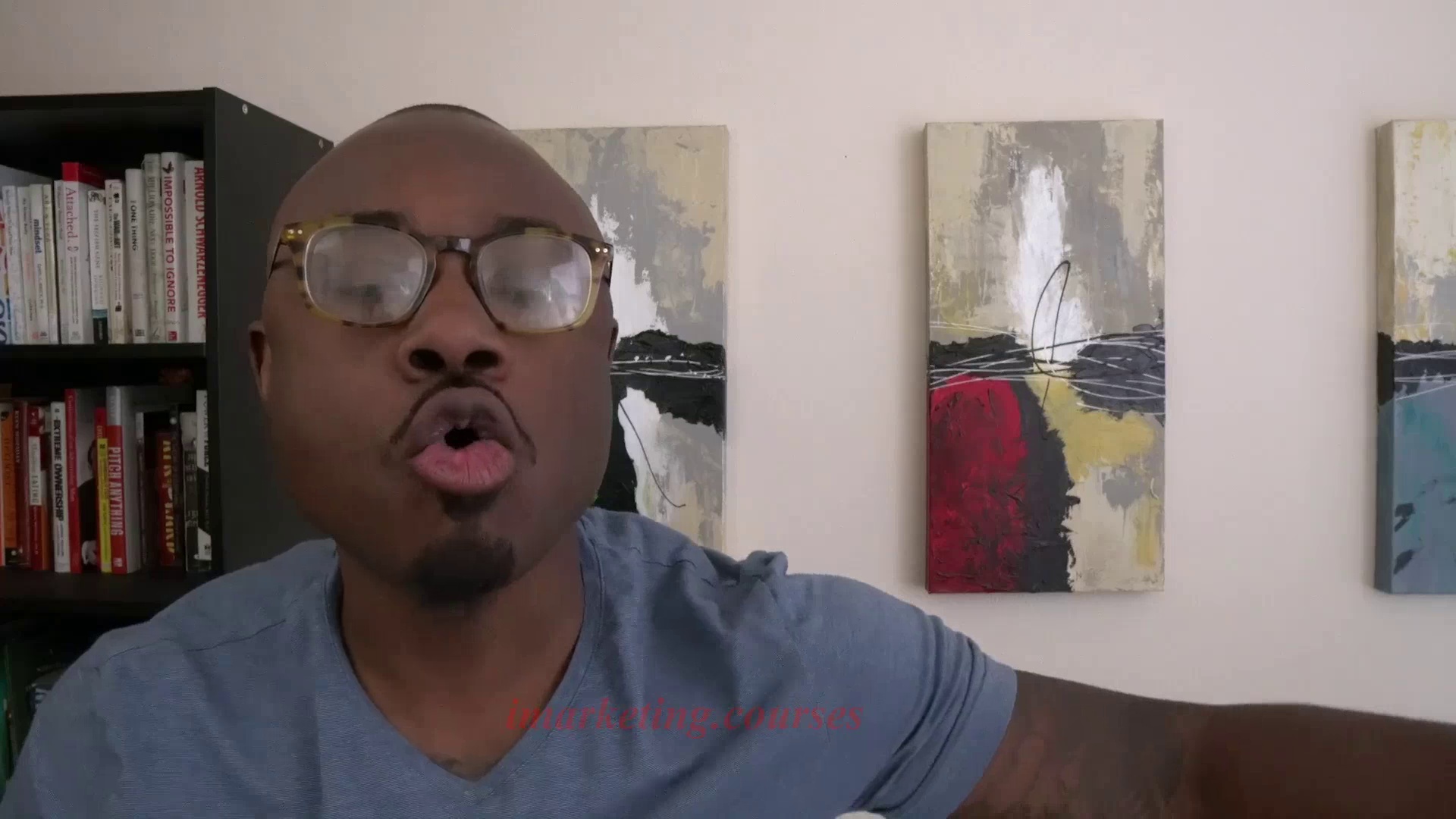
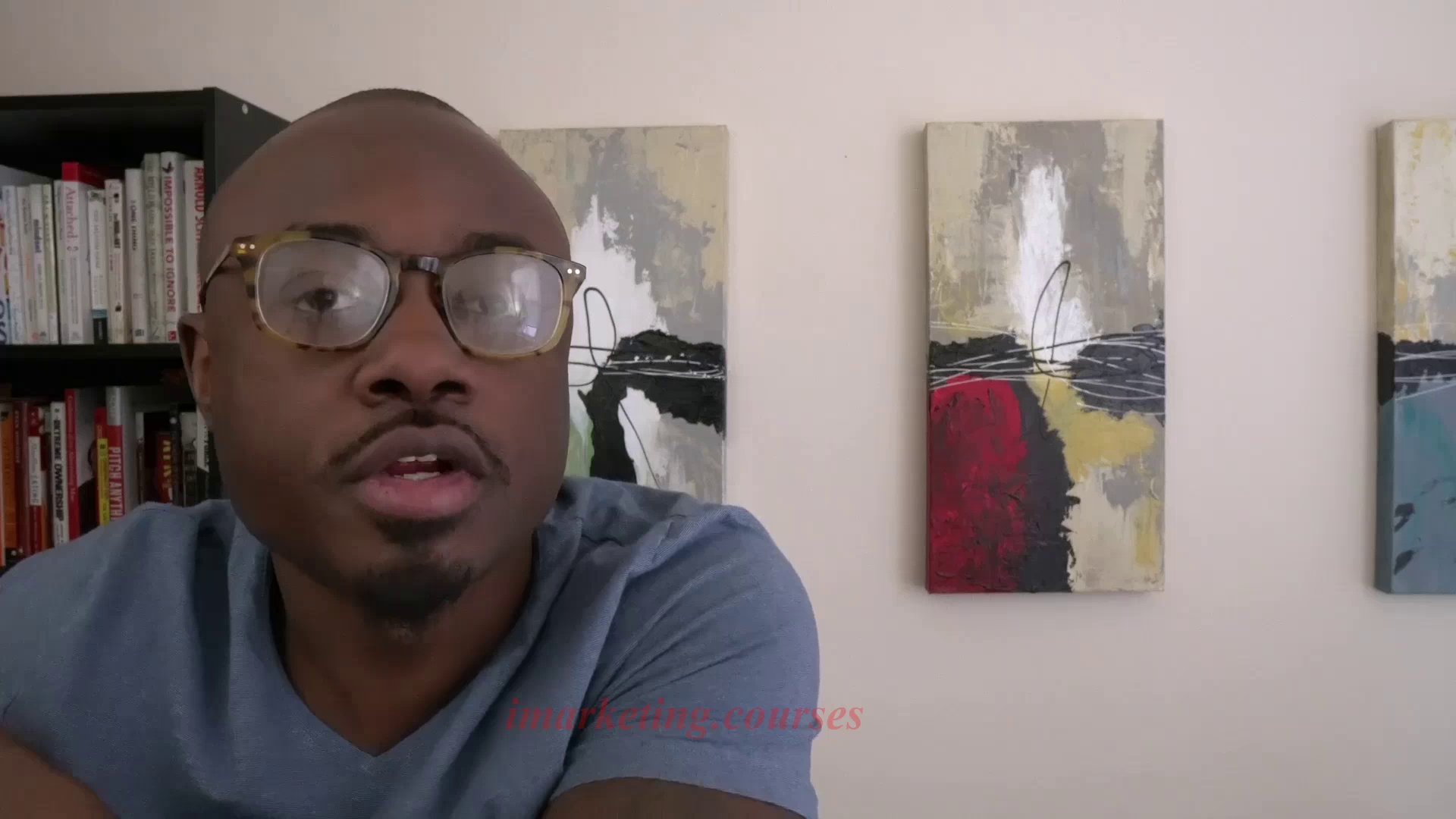
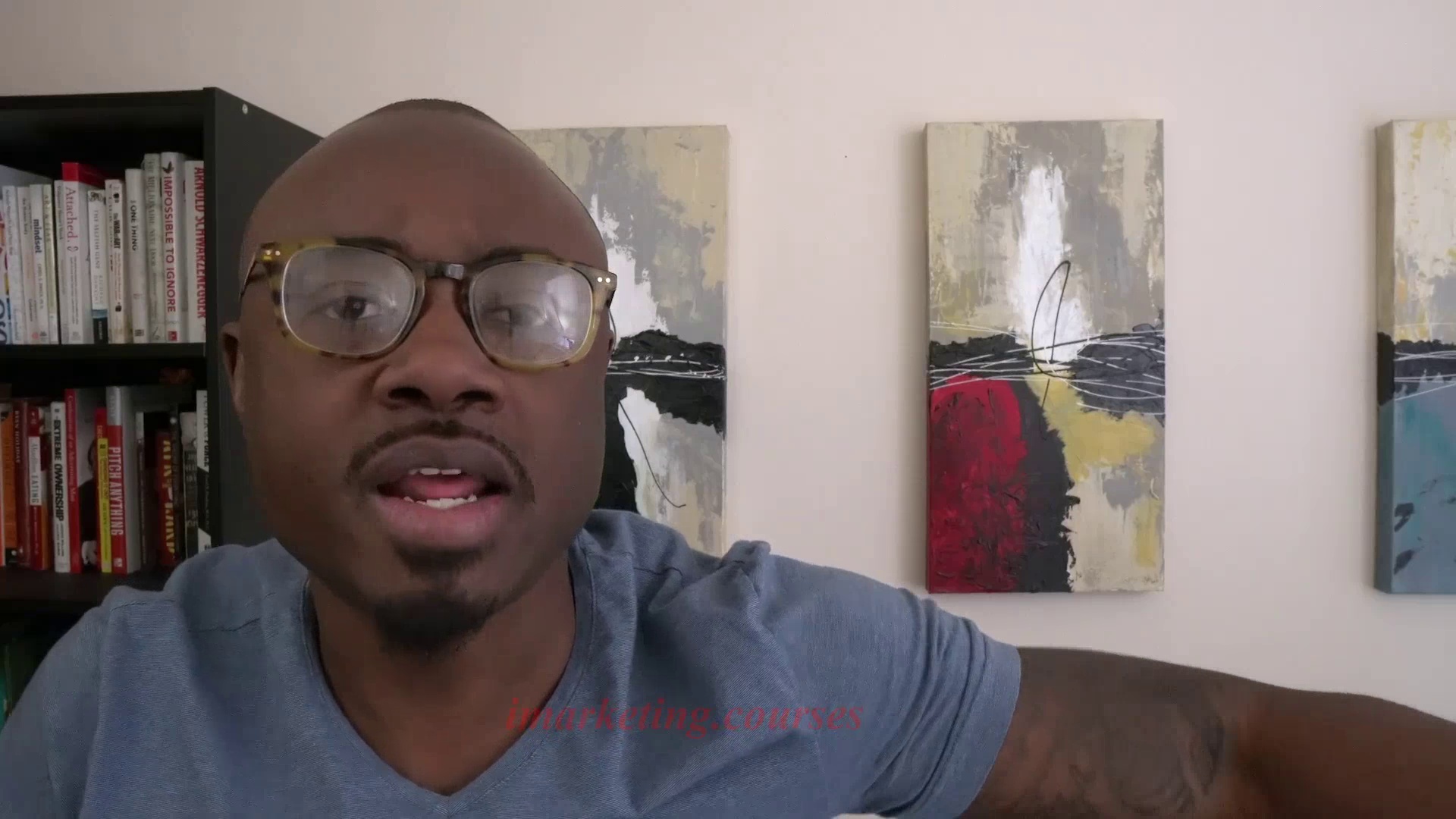
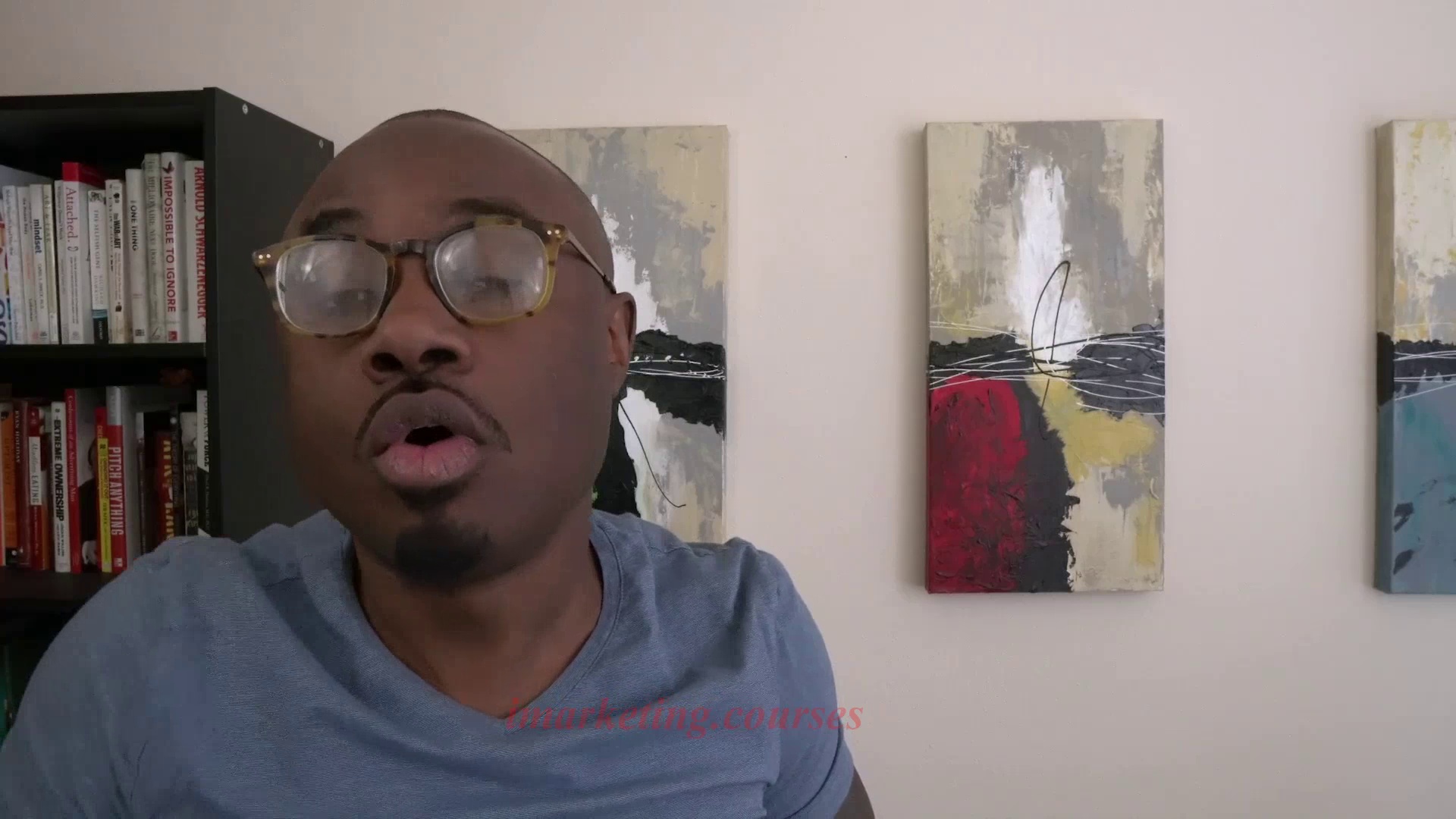
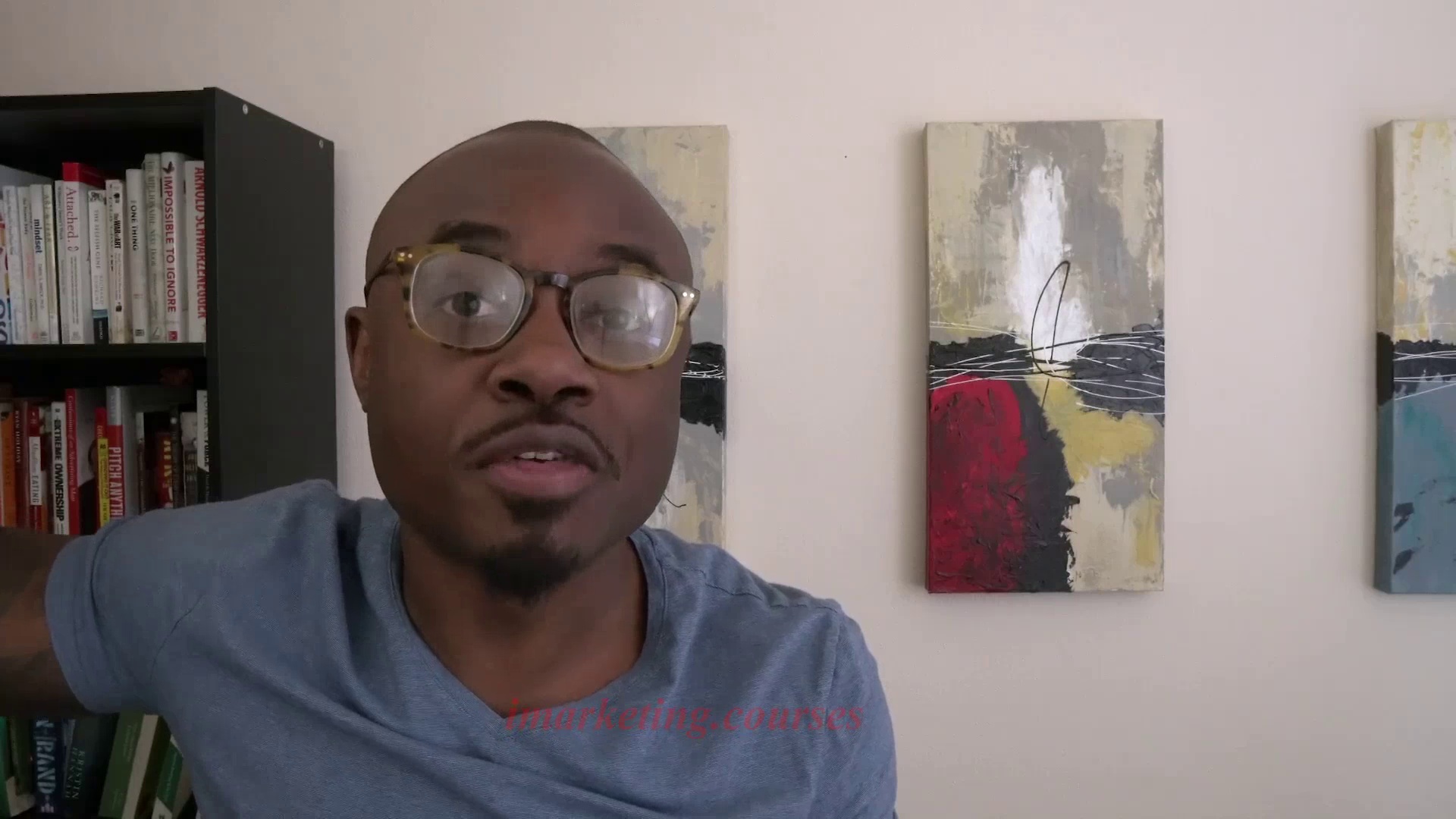
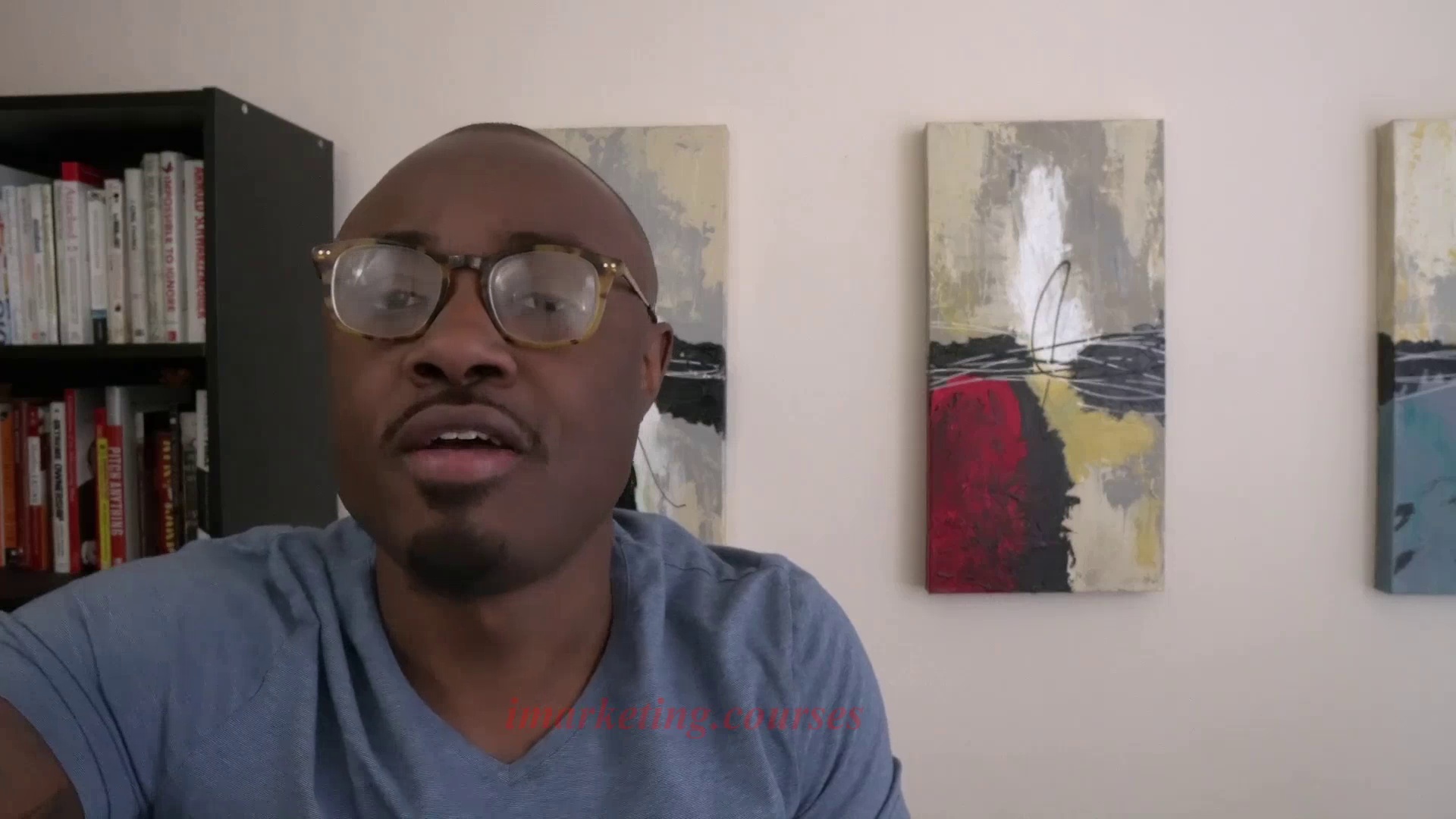
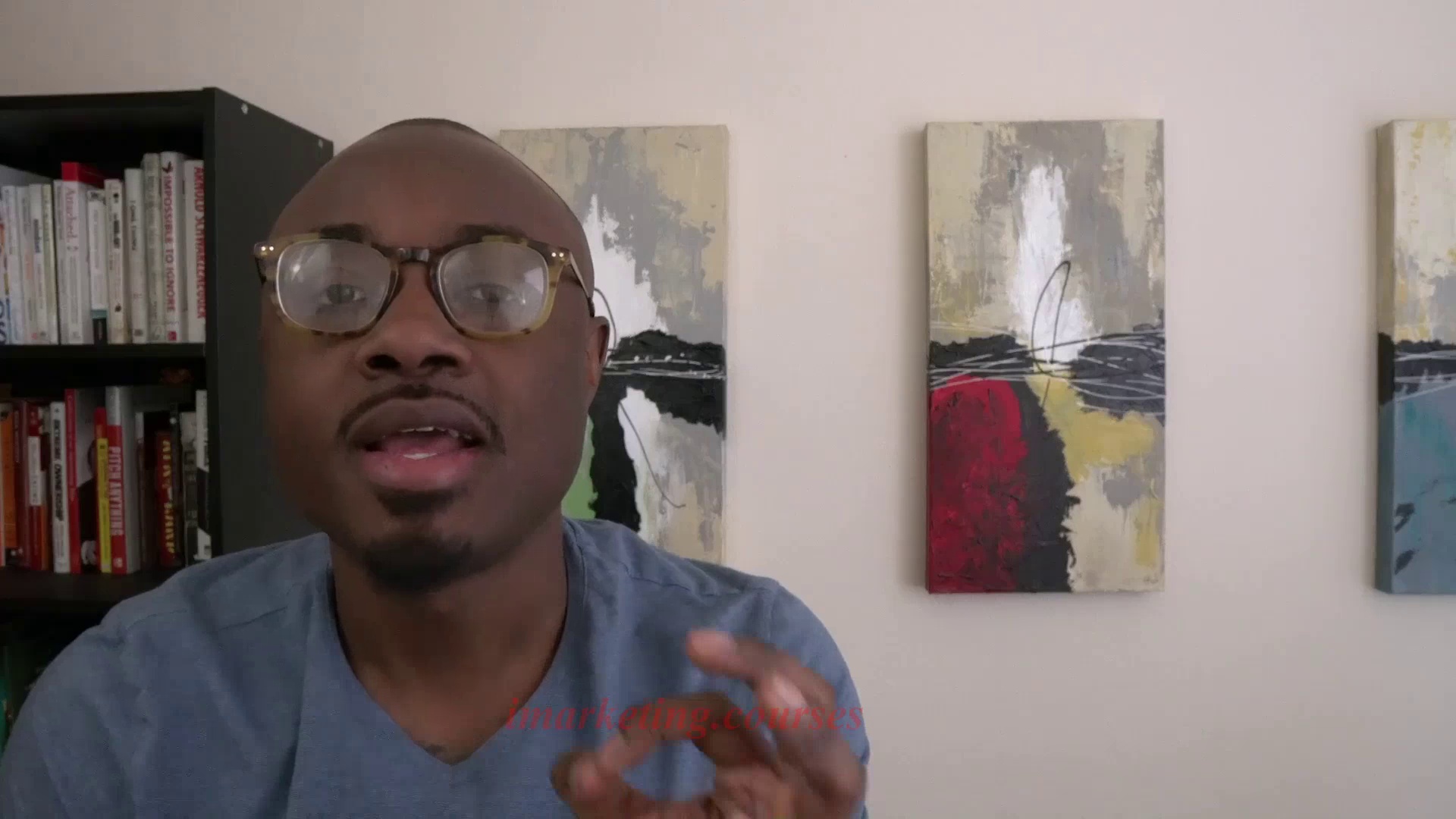
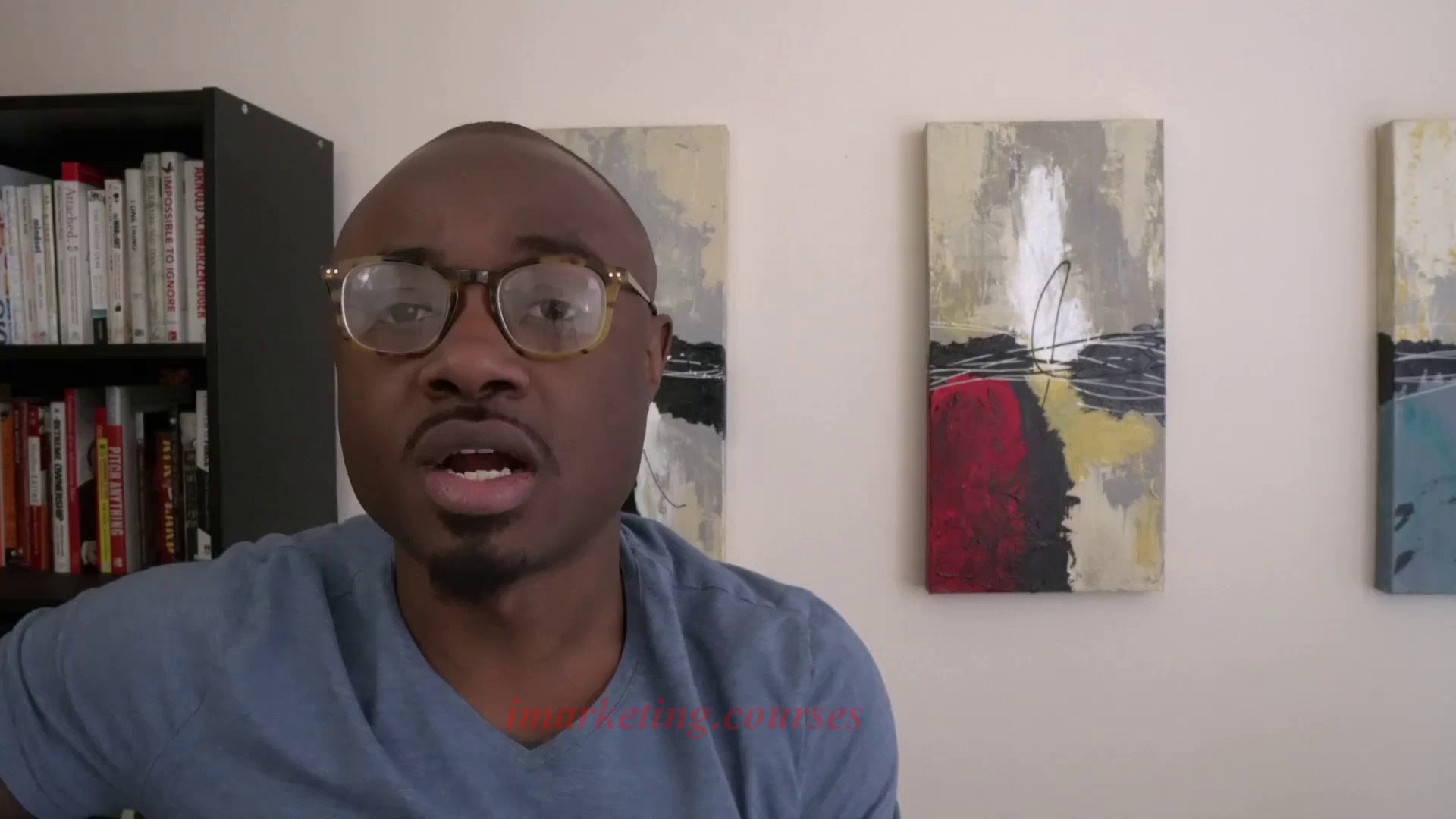
The narrator explains that headlines are critical for getting people to read your writing. A good headline makes readers want to click on your article. To write good headlines, ask yourself why a reader would want to click on your headline and read your article.
Headlines should teach the reader something useful, help solve a problem, share an interesting personal story, or make a bold statement. Avoid cryptic headlines that only make sense to you. Practice writing headlines every day - come up with 10 headline ideas per day, even if most ideas are bad at first.
The narrator shares a resource called the Headline Vault with examples of good headlines to help generate ideas. But you still need to practice writing 10 headlines per day yourself. This daily practice is essential to improve over time.
To start, use what you've learned about your niche and audience along with the Headline Vault examples to come up with 10 headline ideas right now as practice before moving to the next lesson.
.Medium Writing - Part 4









































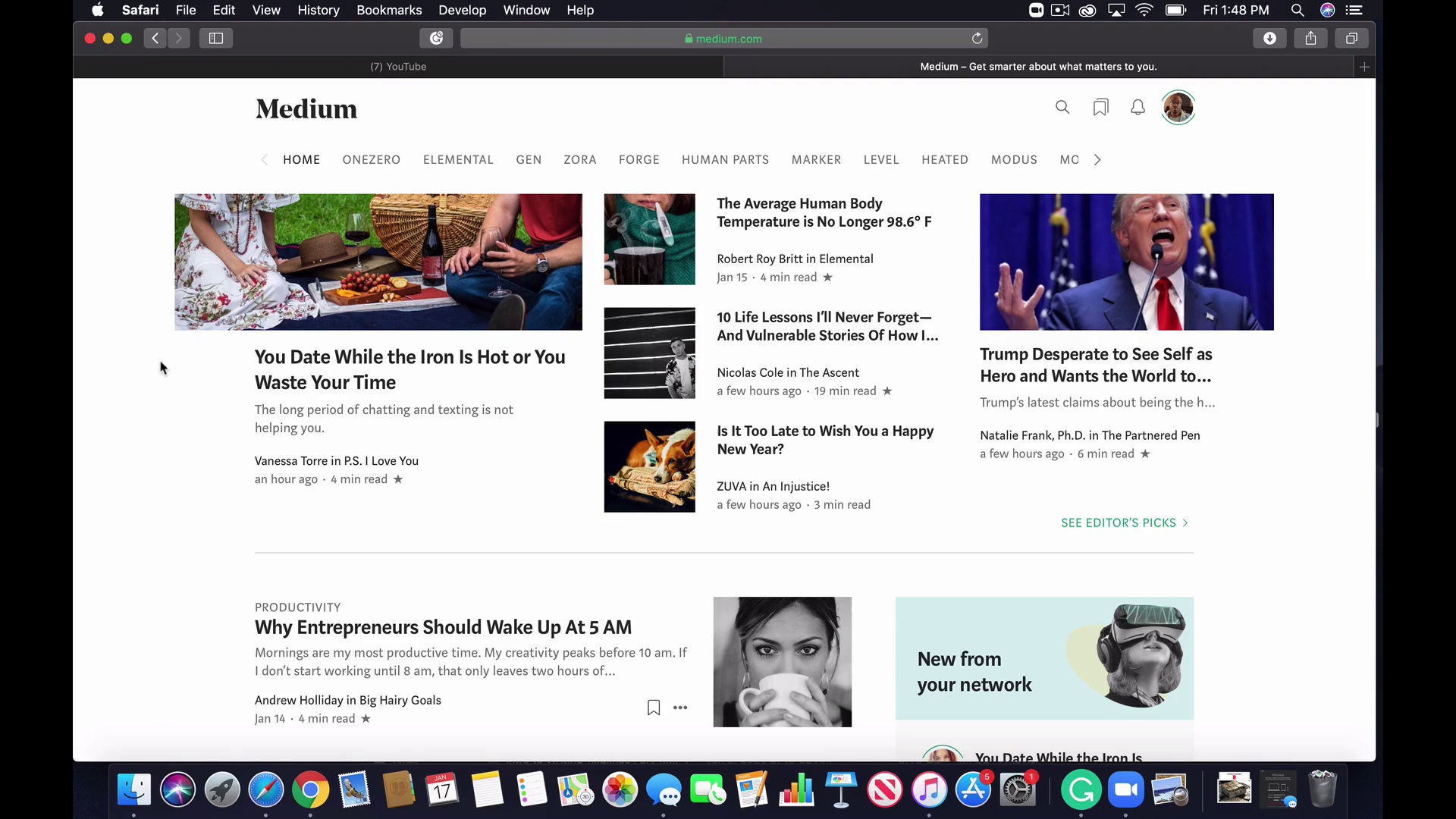
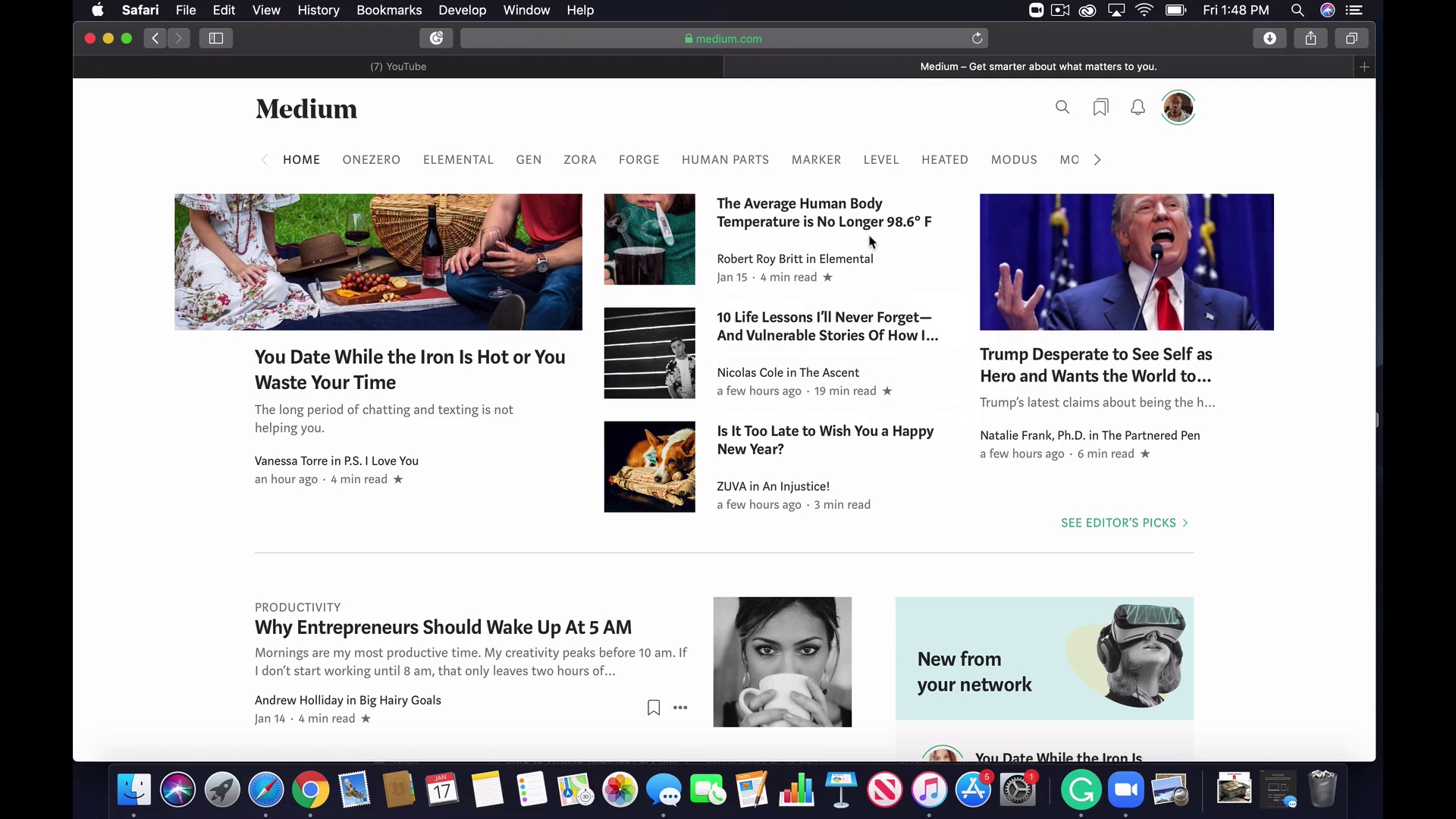
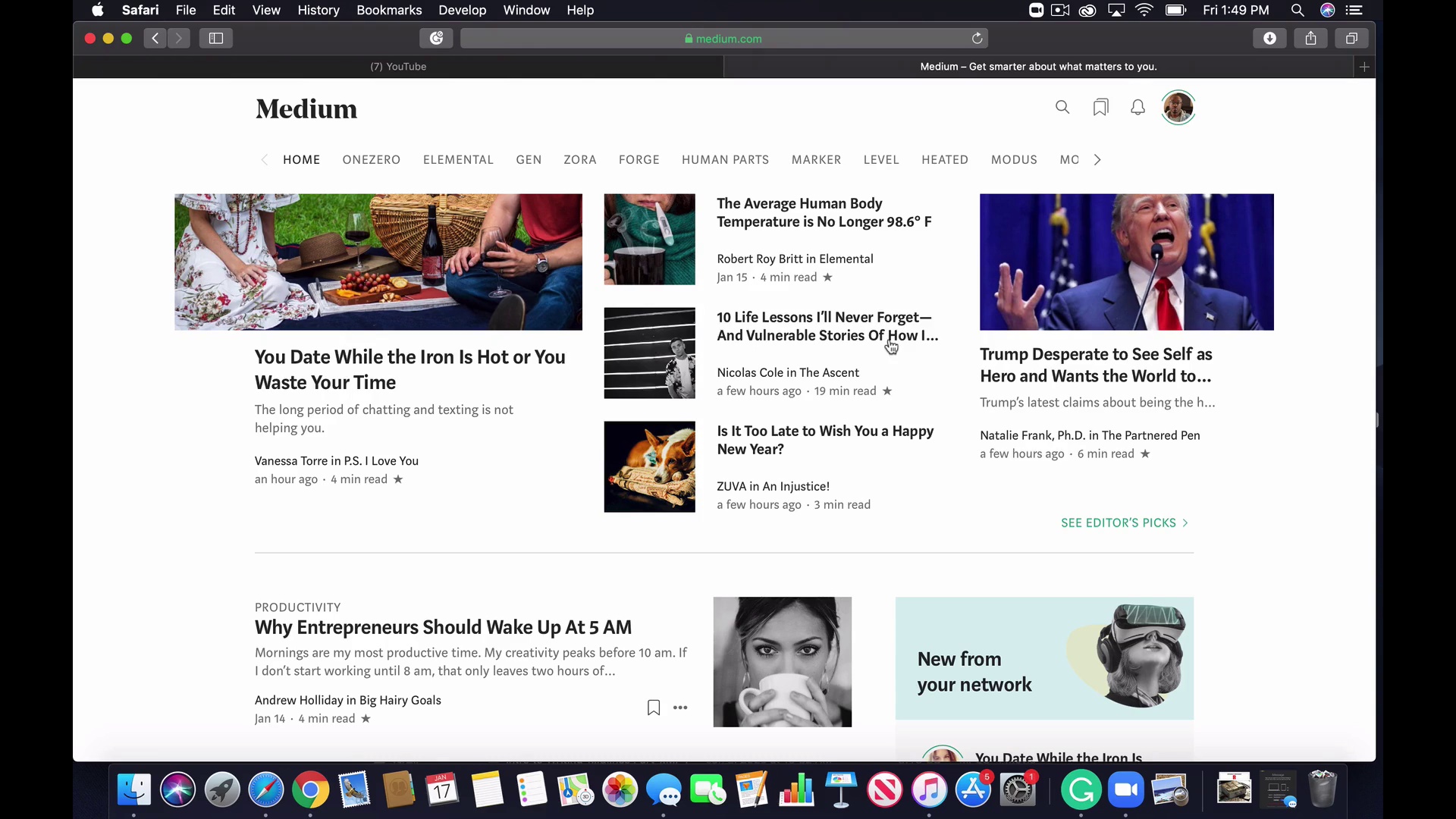
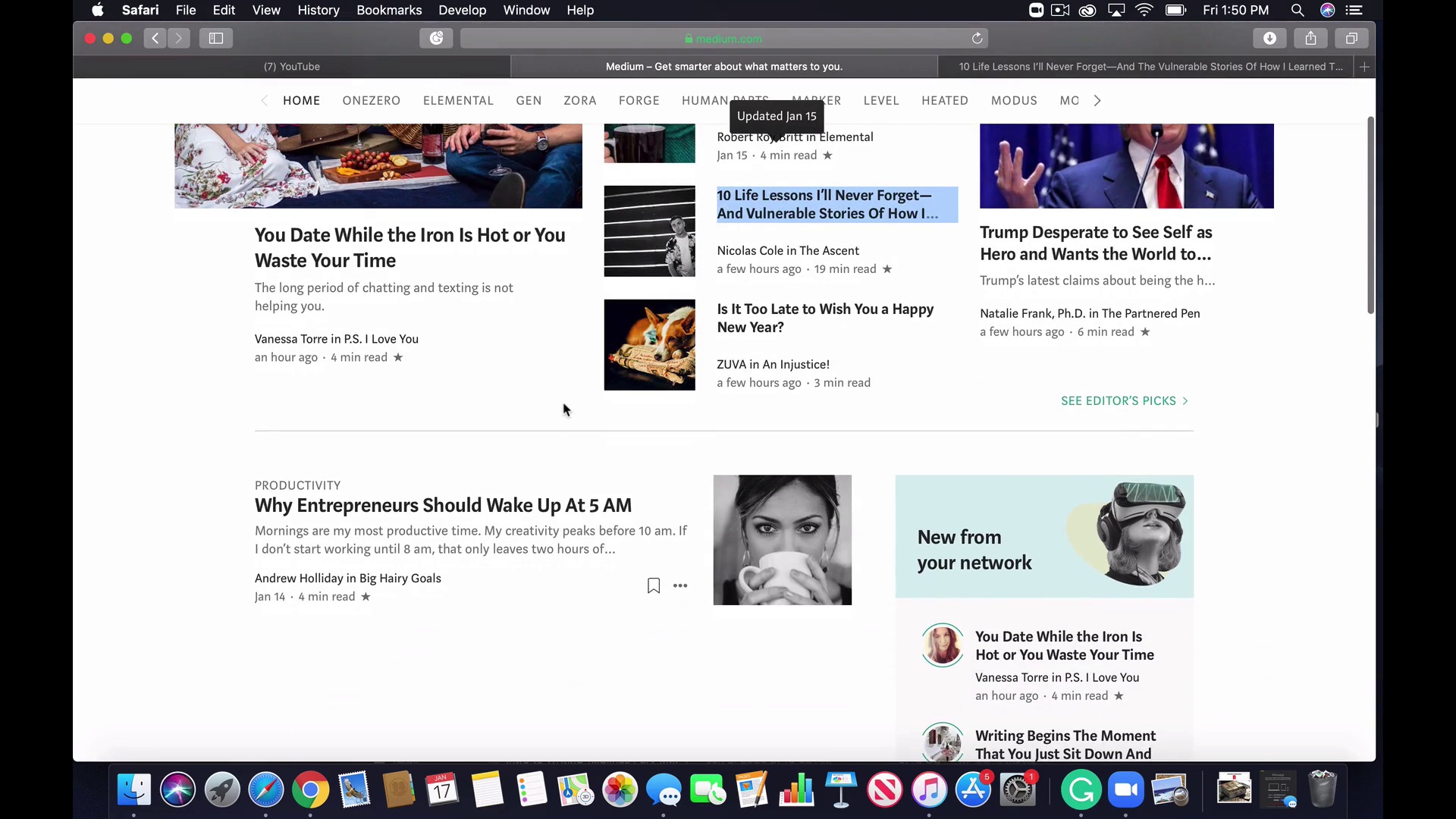
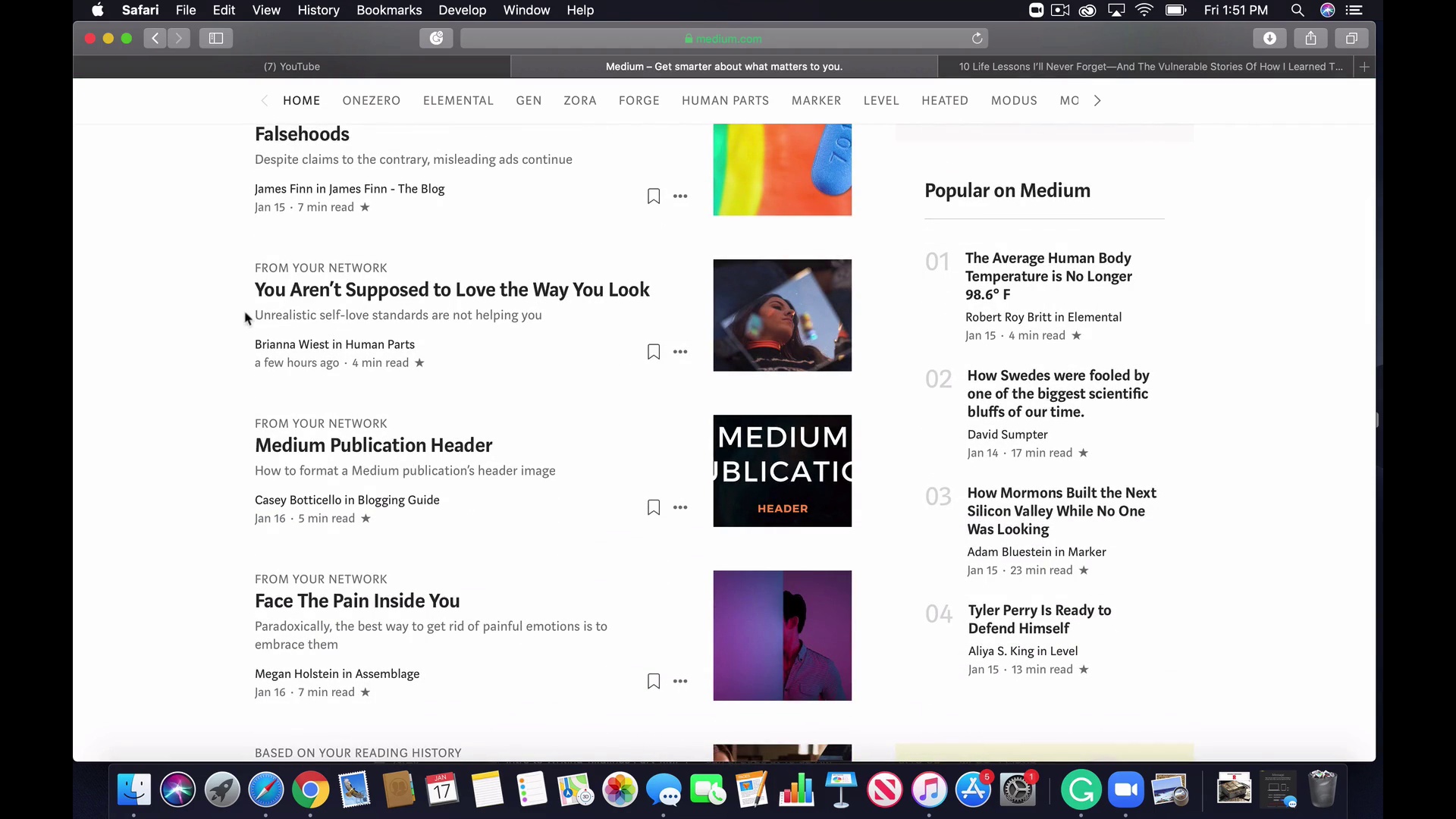
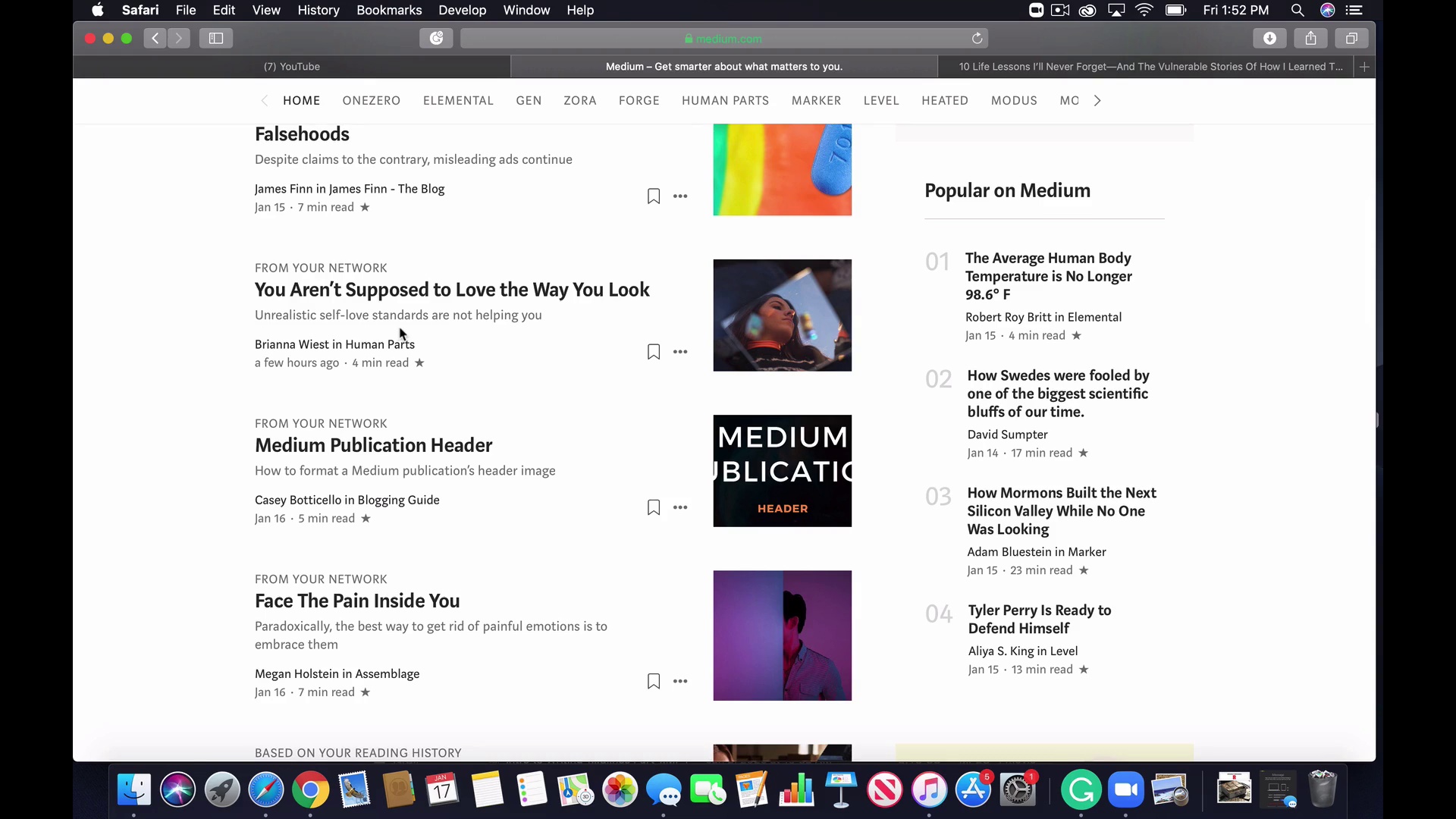
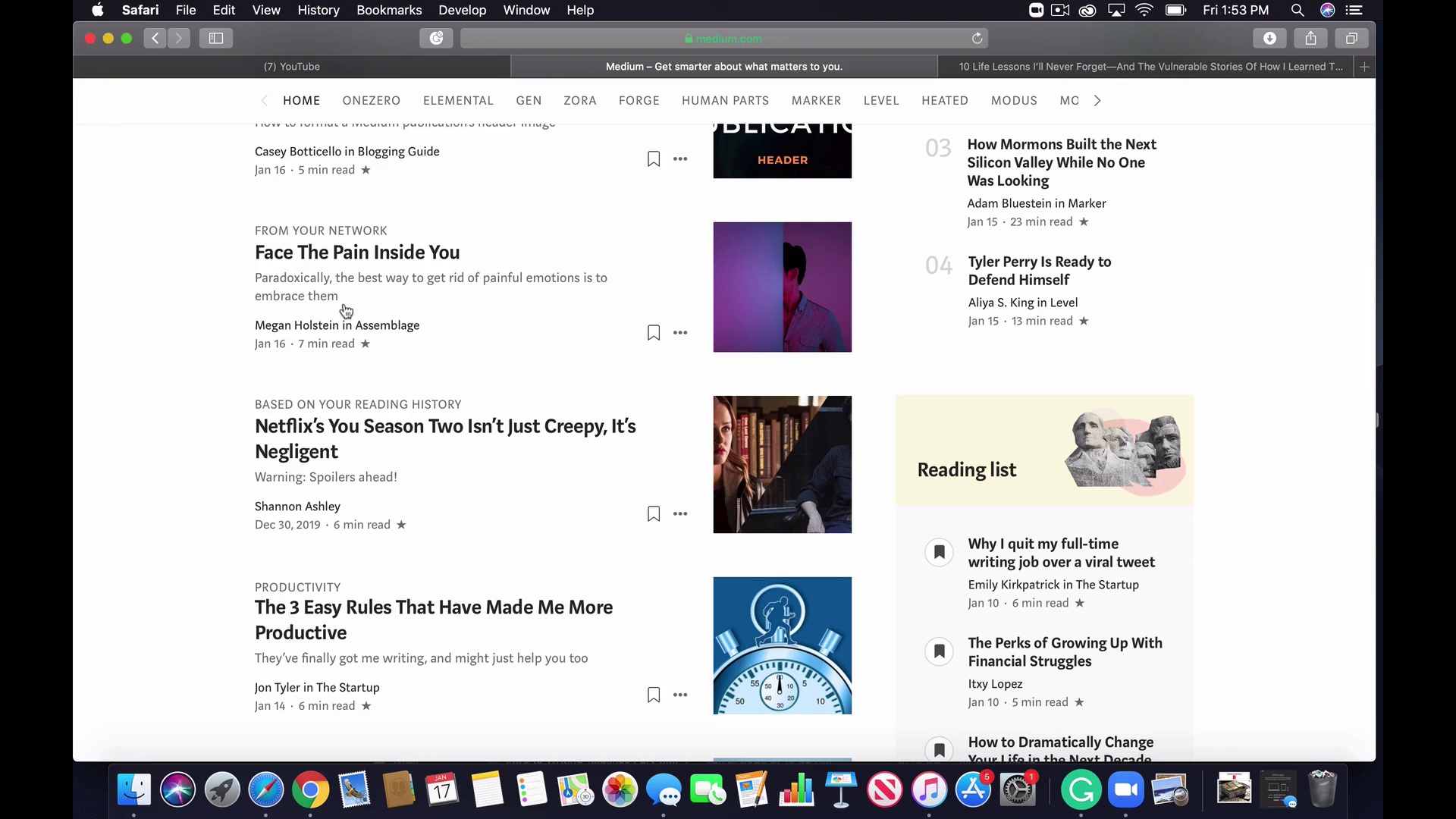
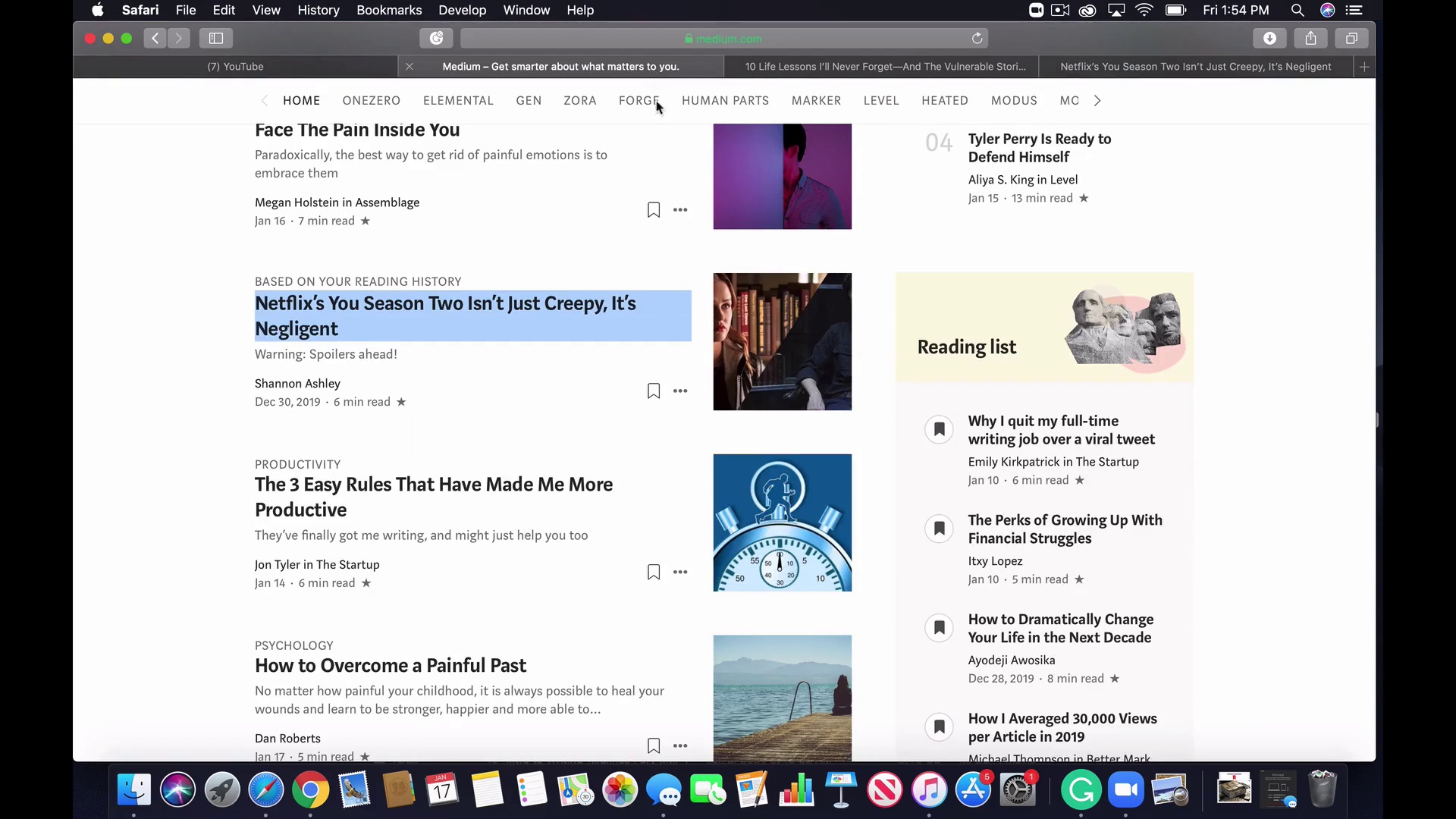
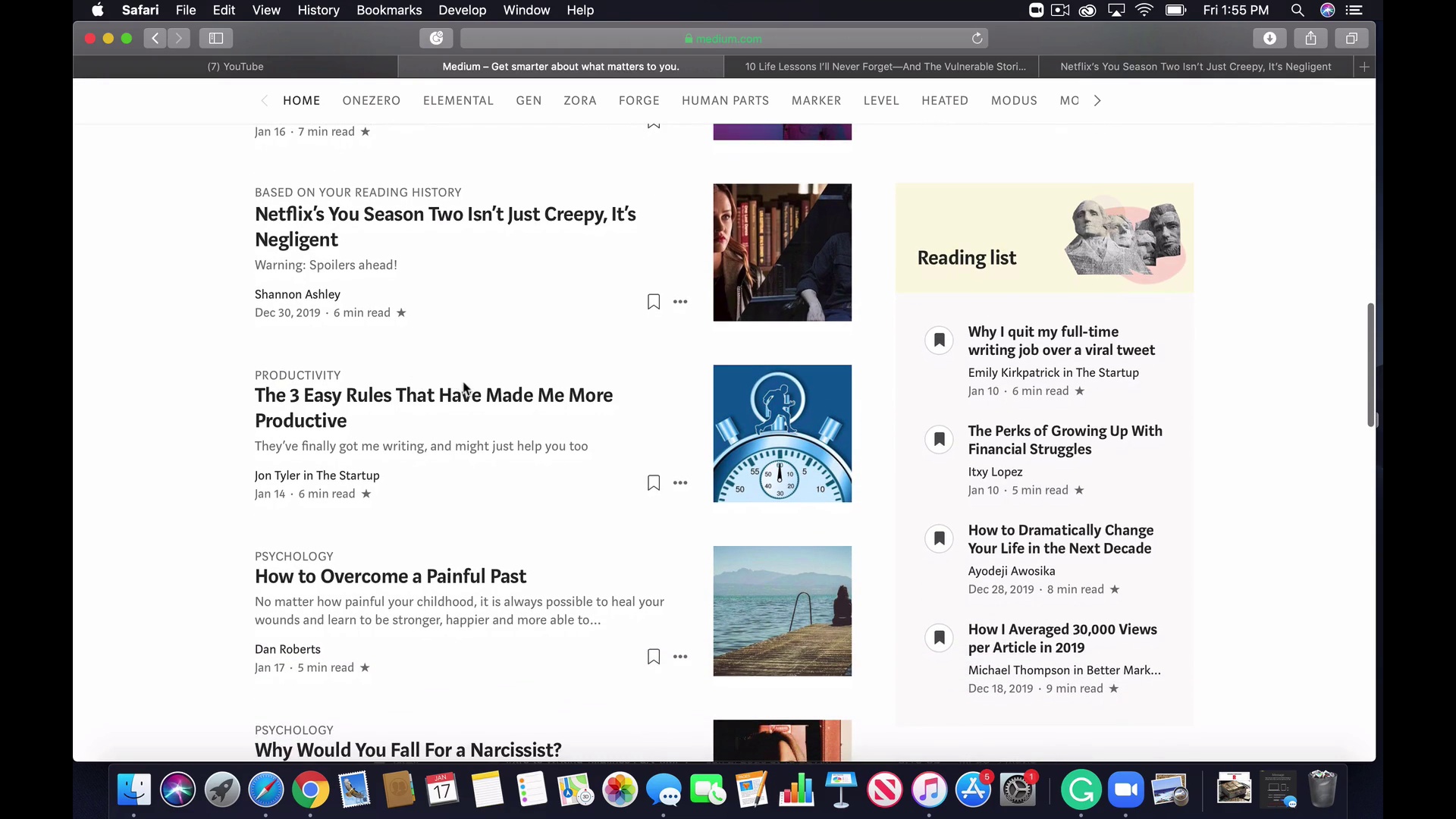
The narrator analyzes headlines from Medium to identify what makes them effective or ineffective. Good headlines tend to allude to the benefits readers will gain rather than just describing the article's contents. Specific examples of effective headline elements include:
- Referencing personal transformation, life lessons, or productivity hacks that appeal to people's aspirations
- Using phrases like "I'll never forget" to indicate profound realizations
- Being polarizing by challenging conventional wisdom
- Discussing trending news and controversial TV shows to attract interest
- Emphasizing ease and simplicity since people like convenient solutions
- Speaking directly to overcoming painful personal problems many people face
The narrator says good headlines serve as "window dressing" to draw readers in, but writers should follow up with high quality content.
.Medium Writing - Part 5


















































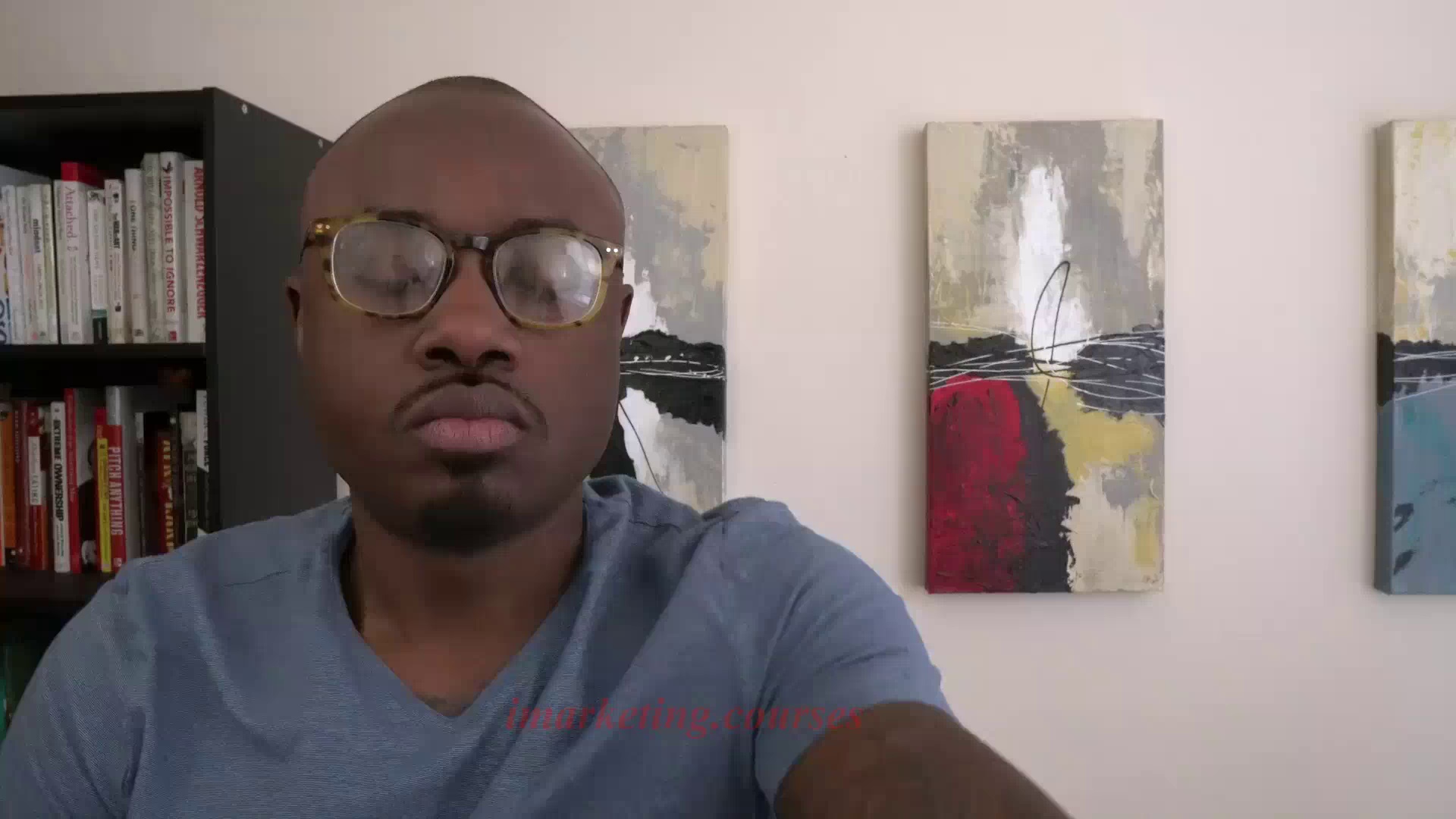
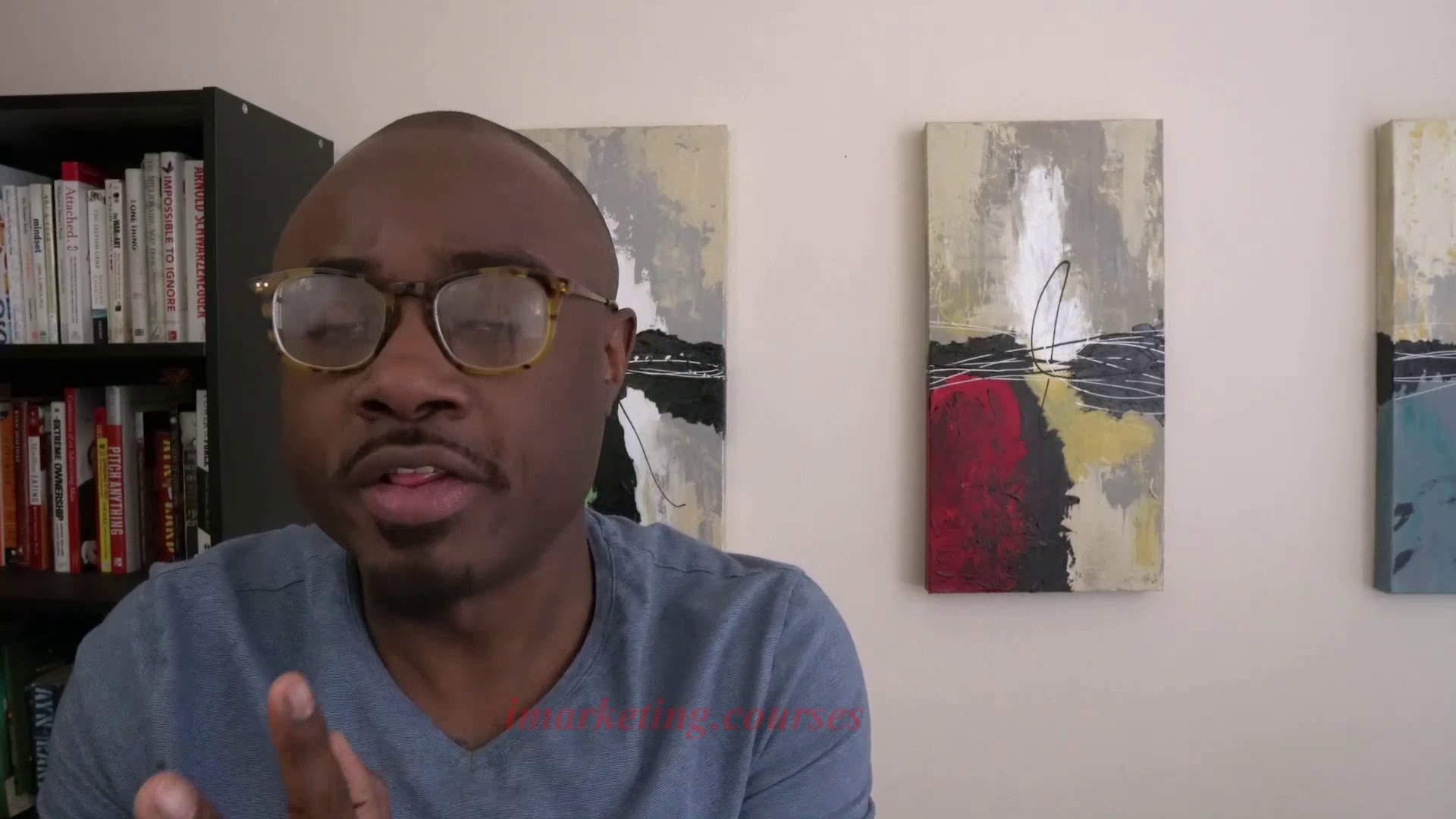
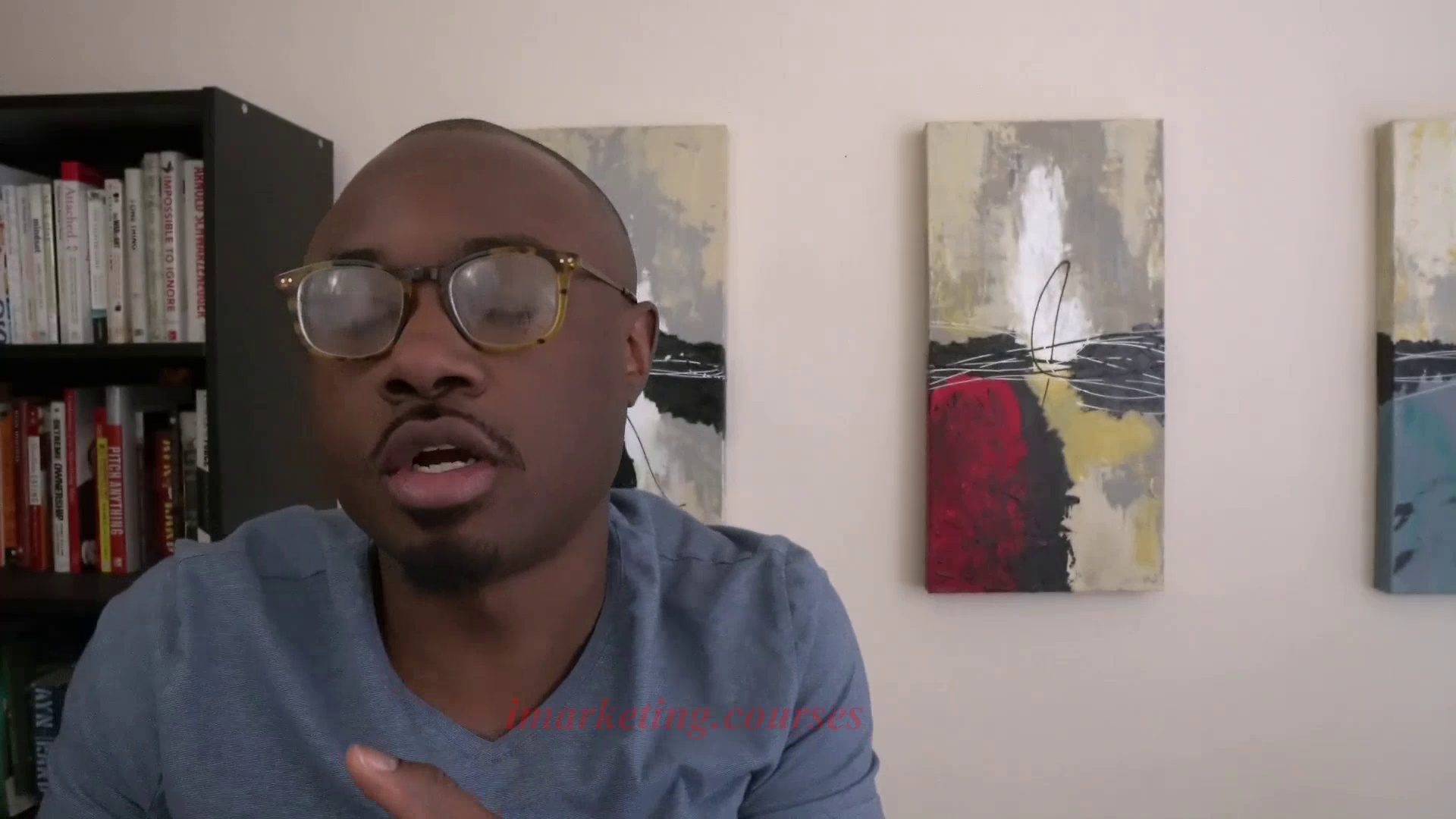
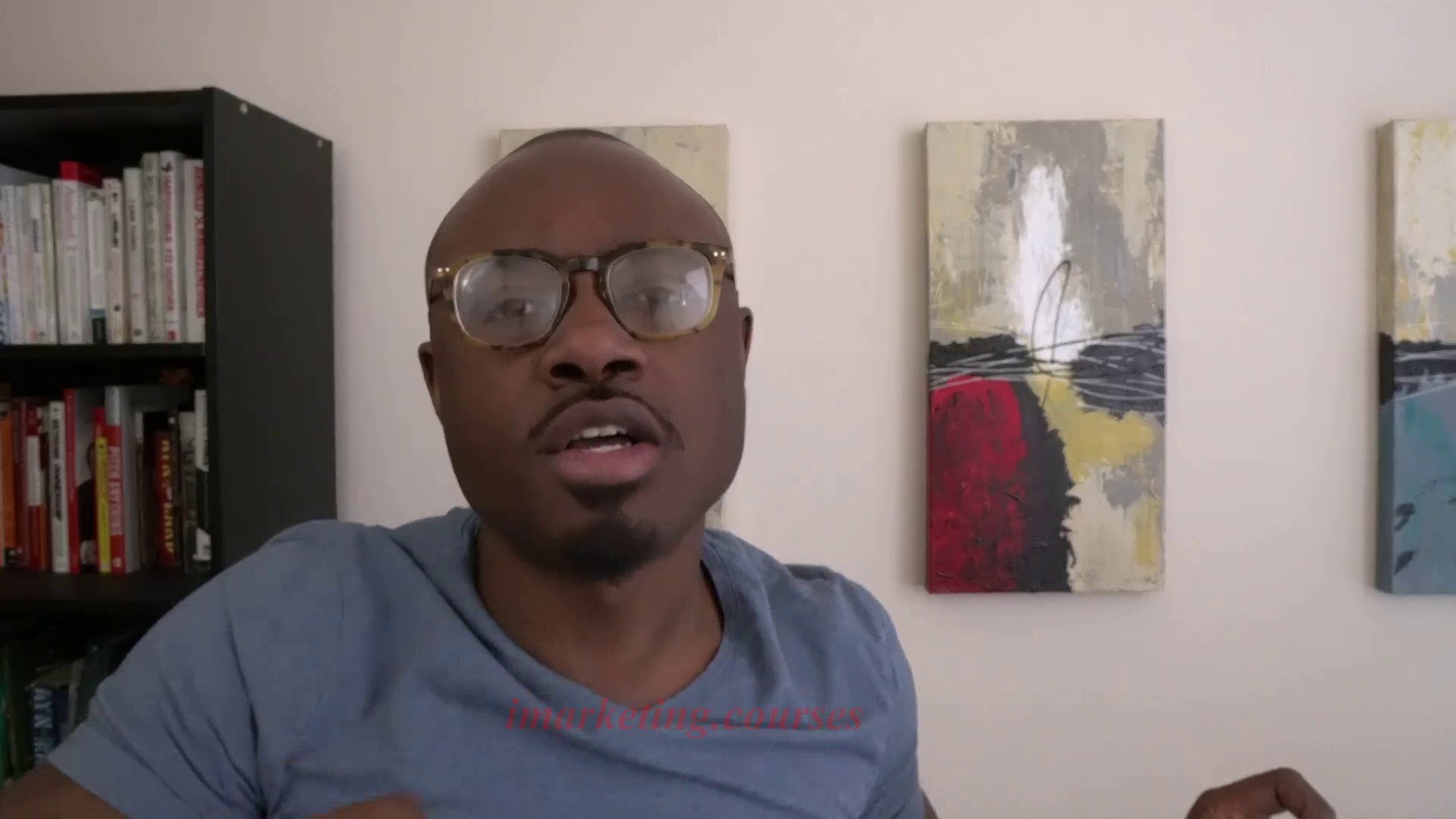
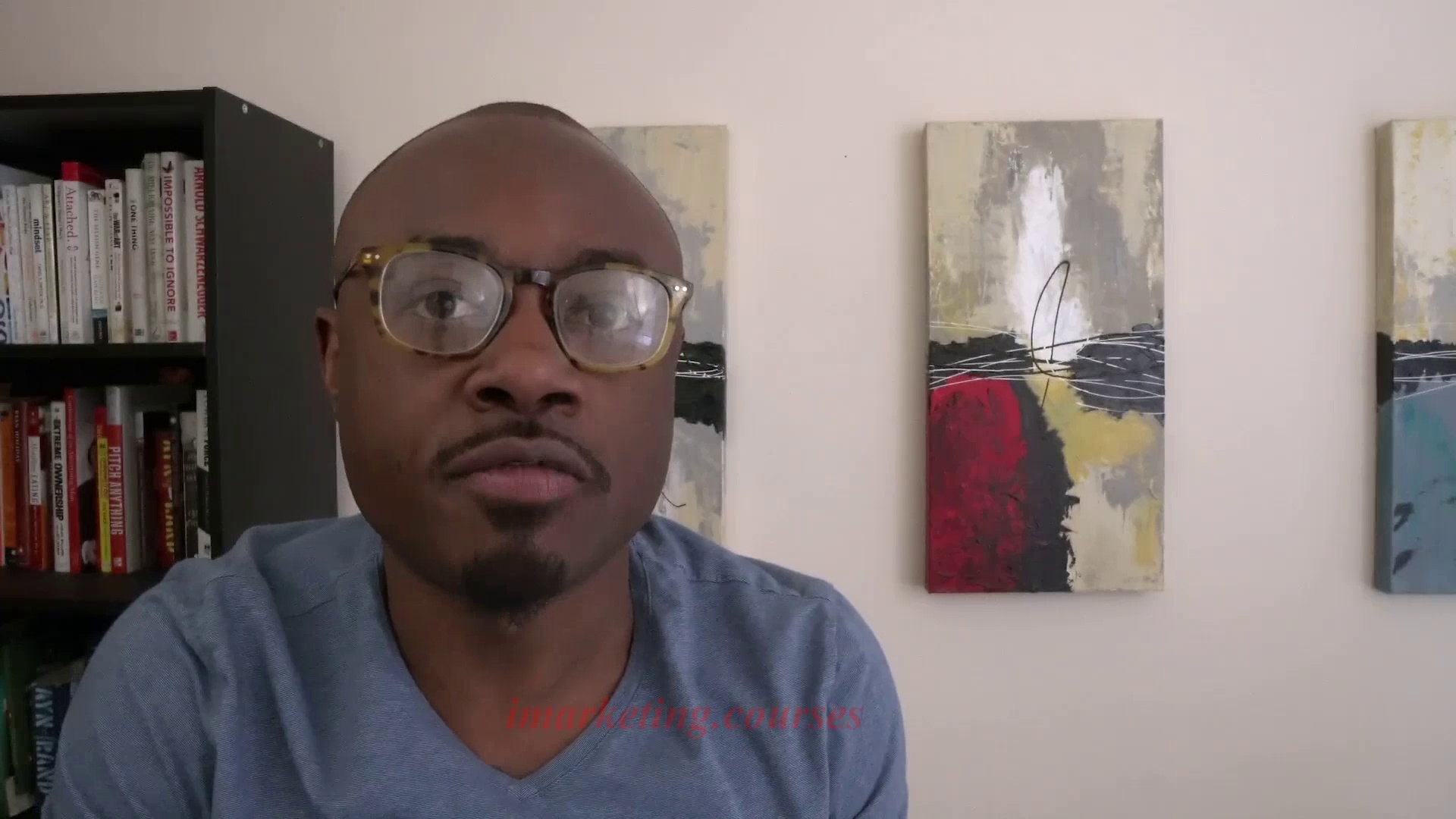
The narrator explains how to write a compelling introduction for an article to hook readers and prevent them from losing interest. Strategies include asking probing questions readers can relate to, addressing problems they face, or piquing interest with a surprising personal anecdote. The introduction should compel readers to keep reading the rest of the article.
The narrator provides examples of effective introductions for different article types. For a self-improvement article on weight loss, ask readers if they struggle with yo-yo dieting. For a profile on an entrepreneur like Elon Musk, highlight a crazy business risk he took. For a personal story, share an emotional event like going through divorce and depression.
After the introduction, the narrator advises writing down additional sections of the article step-by-step. By the end, you'll have a complete article ready to publish.
.